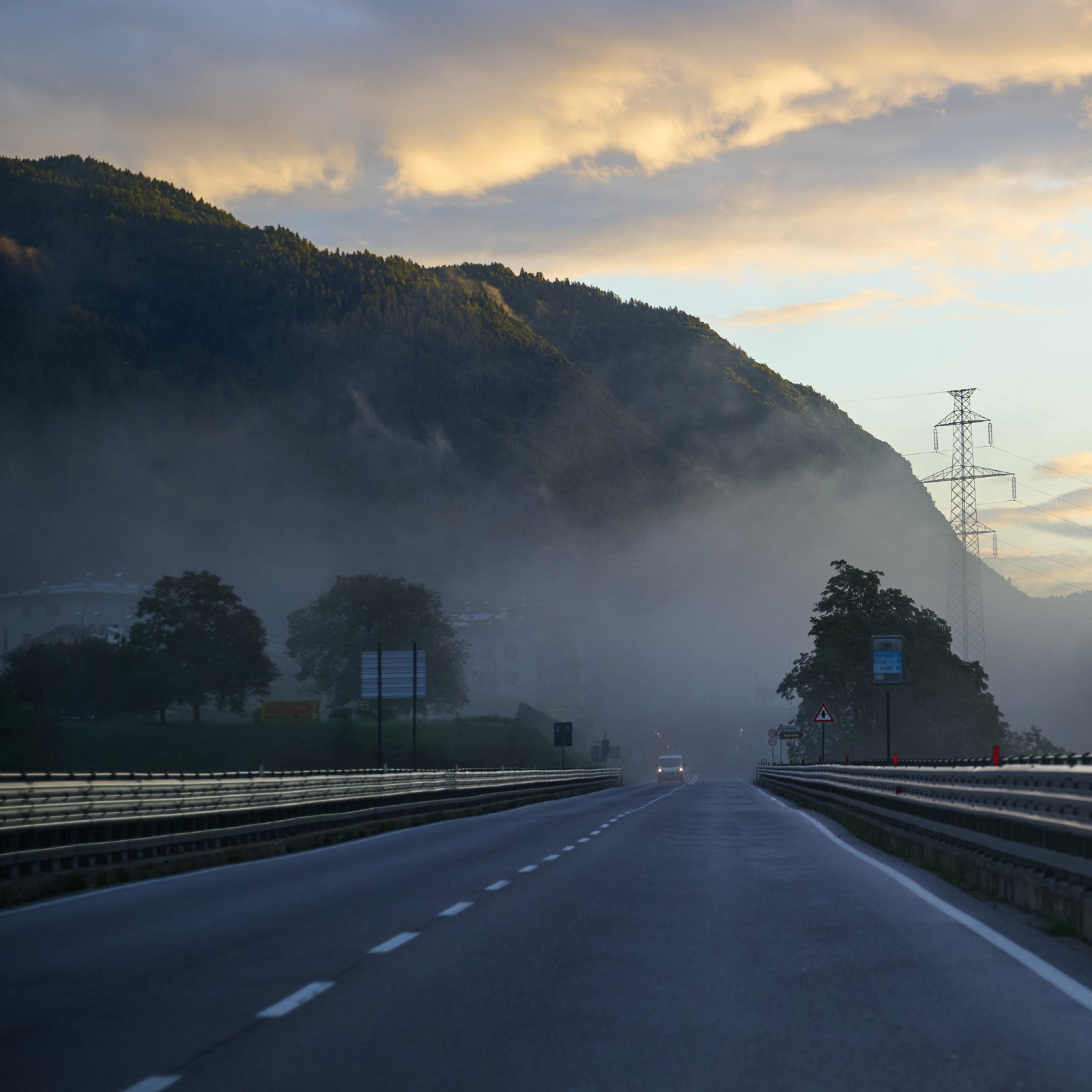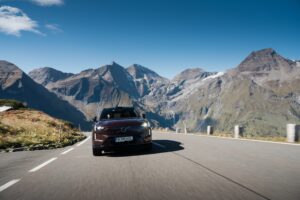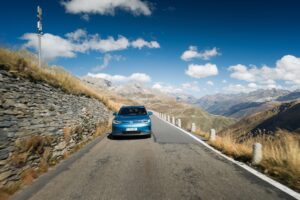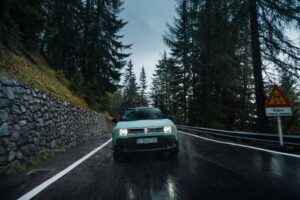We left Commezzadura behind just as we found it, a silent Italian village tucked in right at the bottom of Passo Tonale, and typed a new the destination into Google Maps: Szeged, Hungary.
The (only) rule of the day was simple: we would all take the same route, crossing Austria from west to east, with a short loop through Germany, while charging stops would be made as each team saw fit.
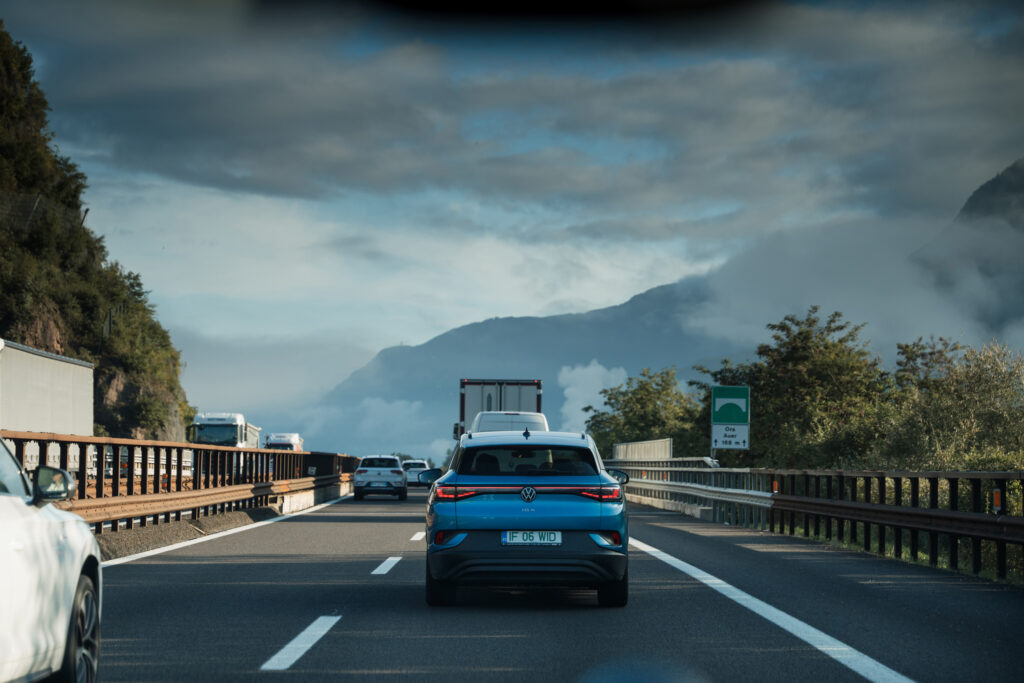
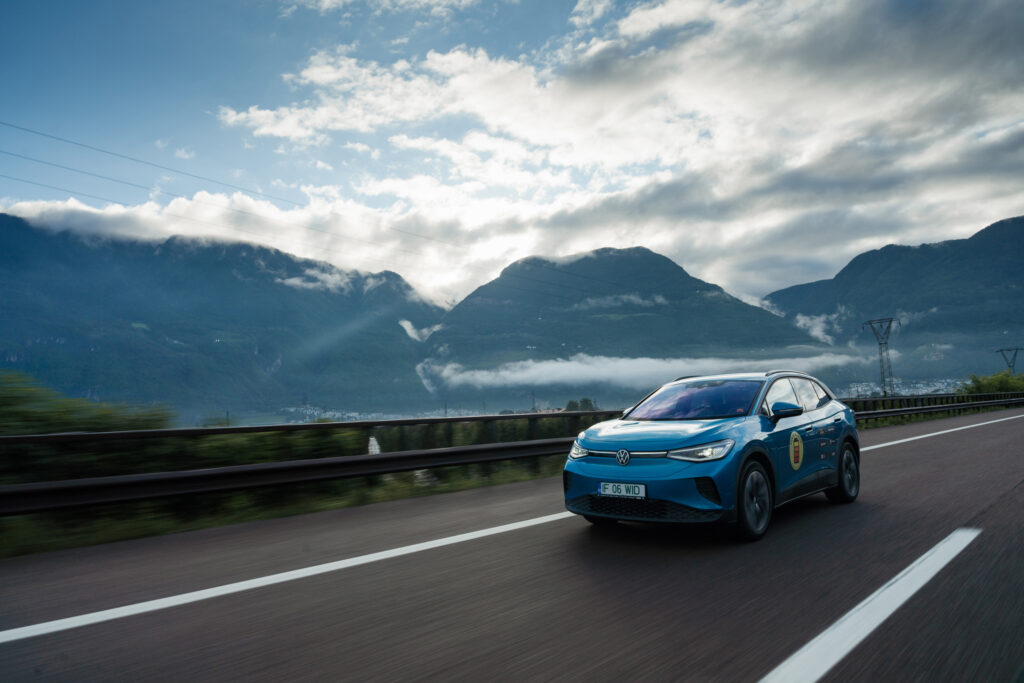
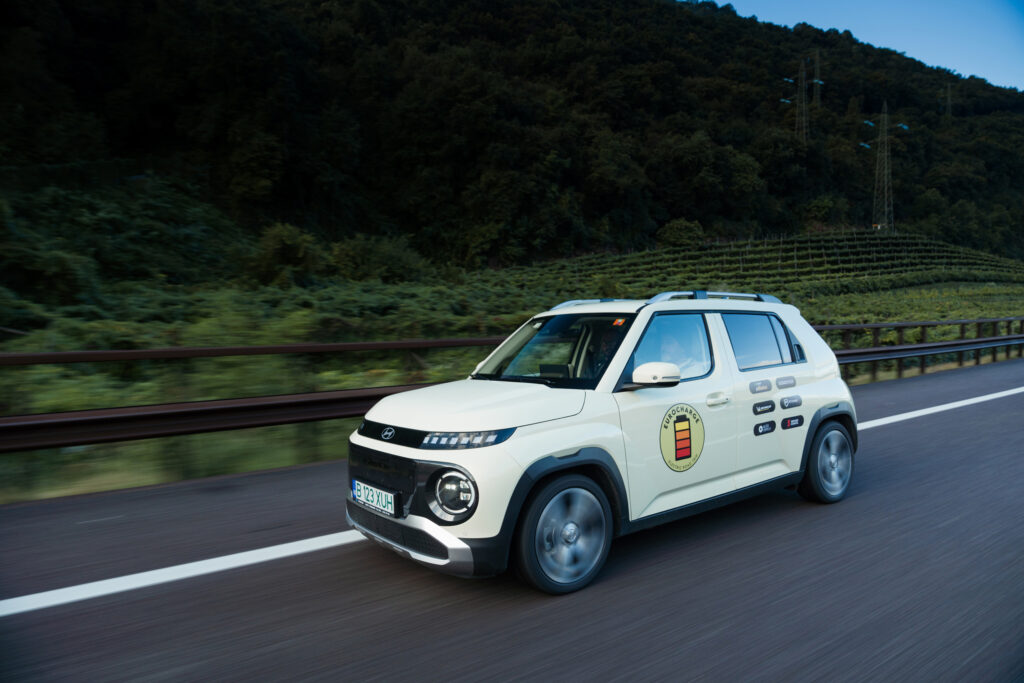
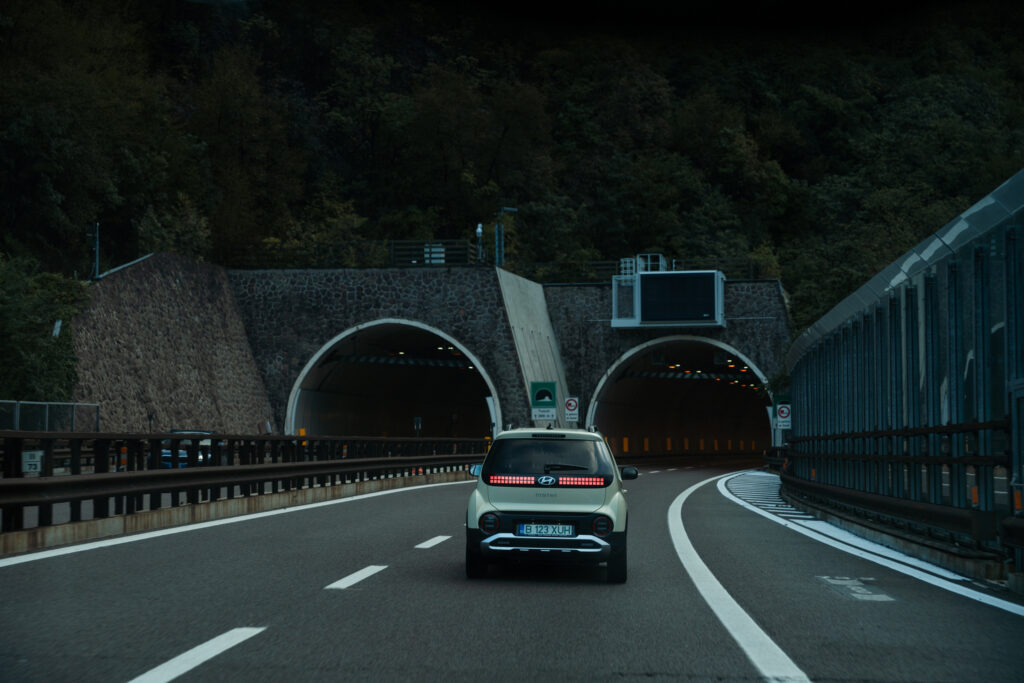
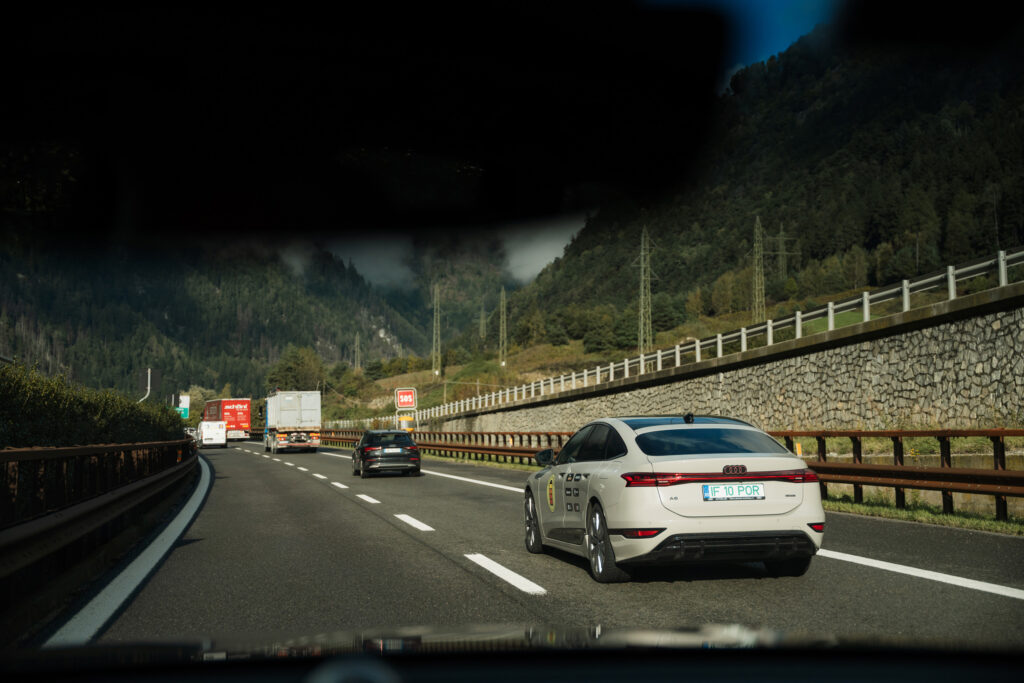
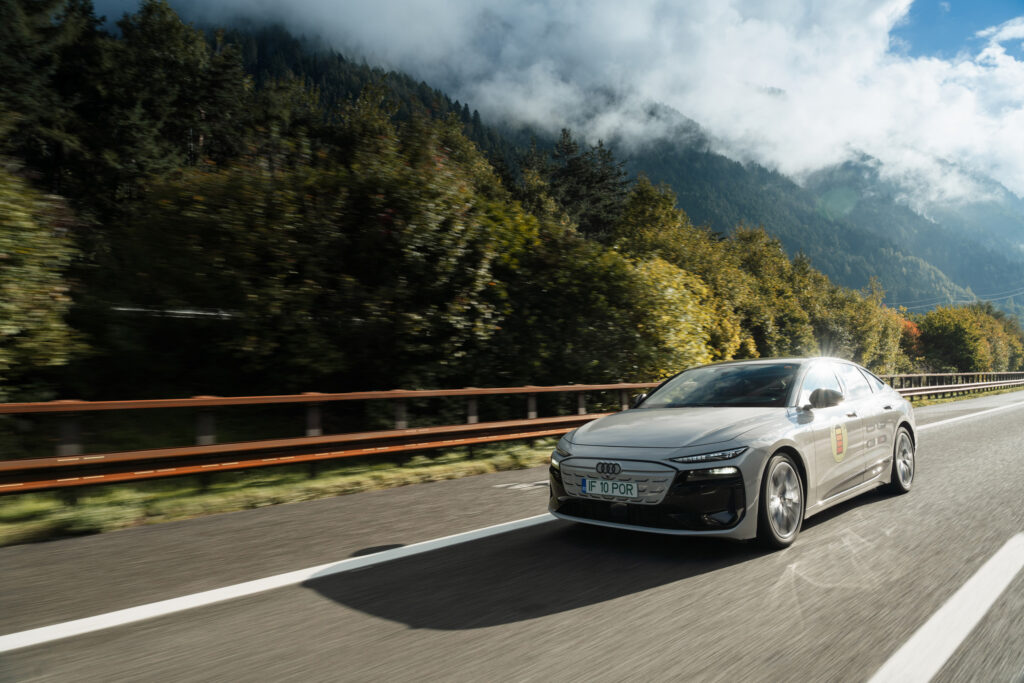
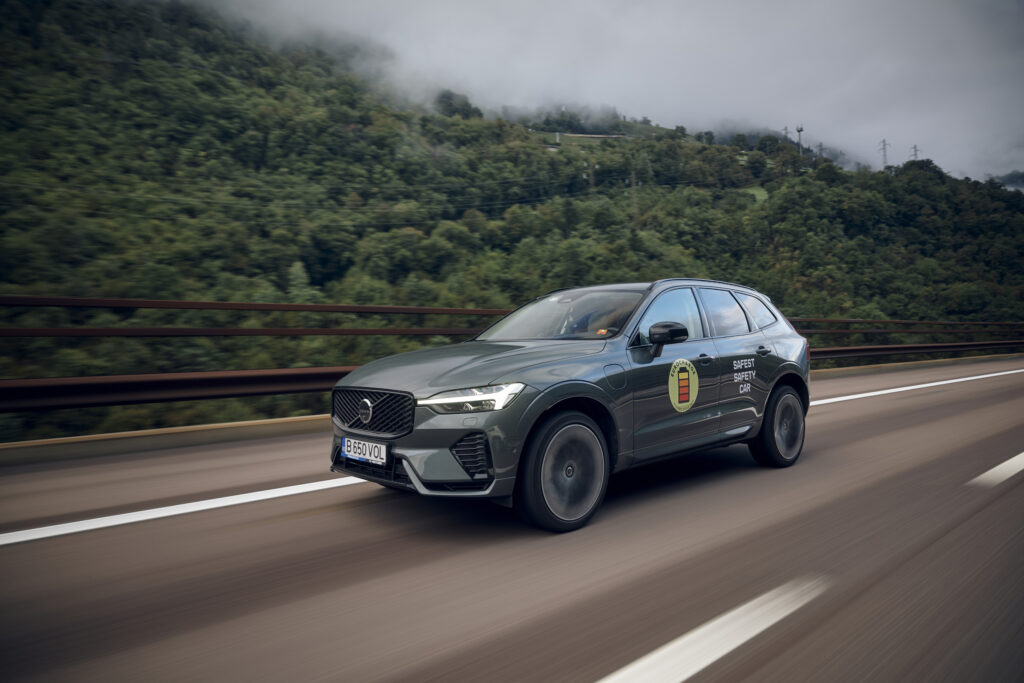
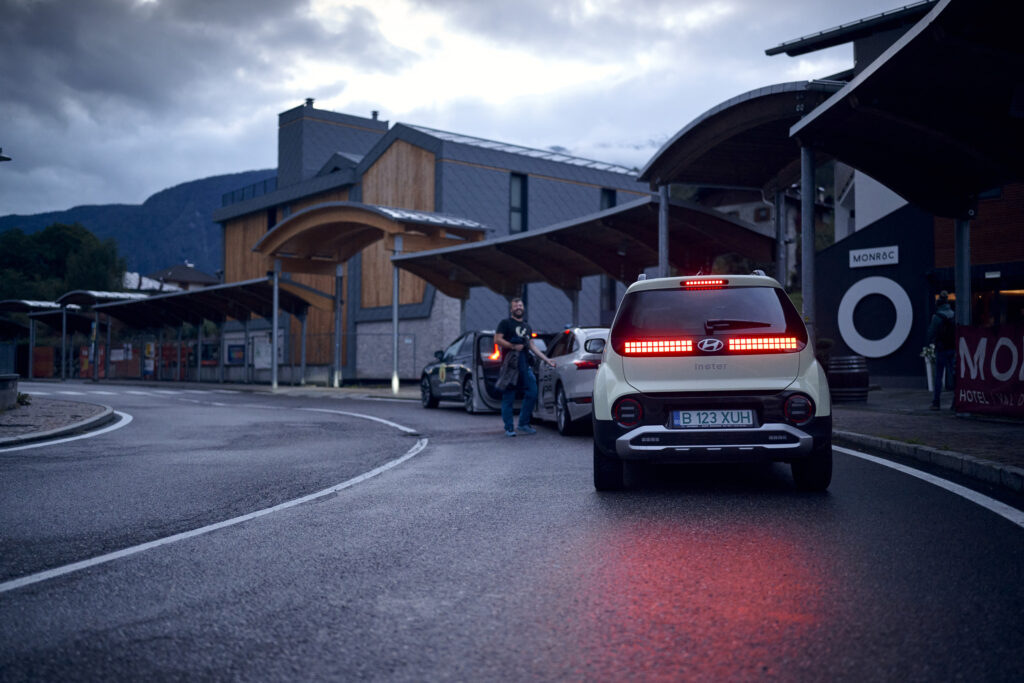
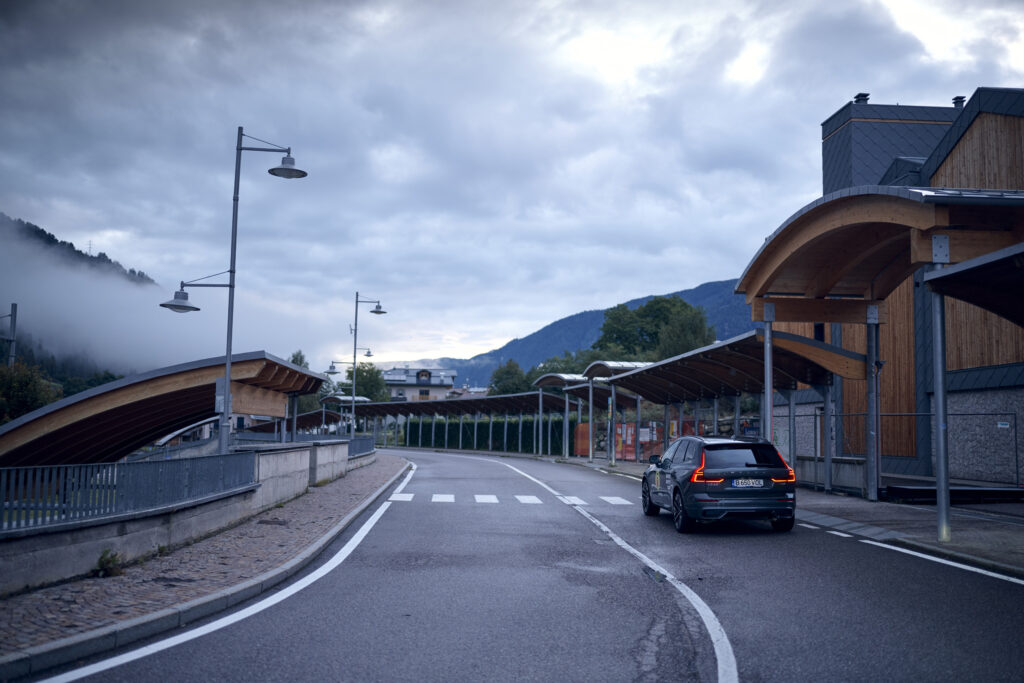
Even if we’re talking about a route made of mostly highway, getting from A to B wasn’t exactly a breeze: many highways were under construction through Italy, Austria and Hungary, so speed limits were present, sometimes joined by traffic jams and rain – although the latter wasn’t a problem at all, thanks to the Michelin CrossClimate 3 Sport tires fitted on every car.
Naturally, each car had its own charging strategy, because not all EVs are created equal – there’s different price points, segments and capabilities to be considered. The Porsche Macan needed just three charging sessions, the Audi A6 e-tron spent, in total, less than 1,5 hours at a charging station, while the other cars stopped four or five times to recharge.
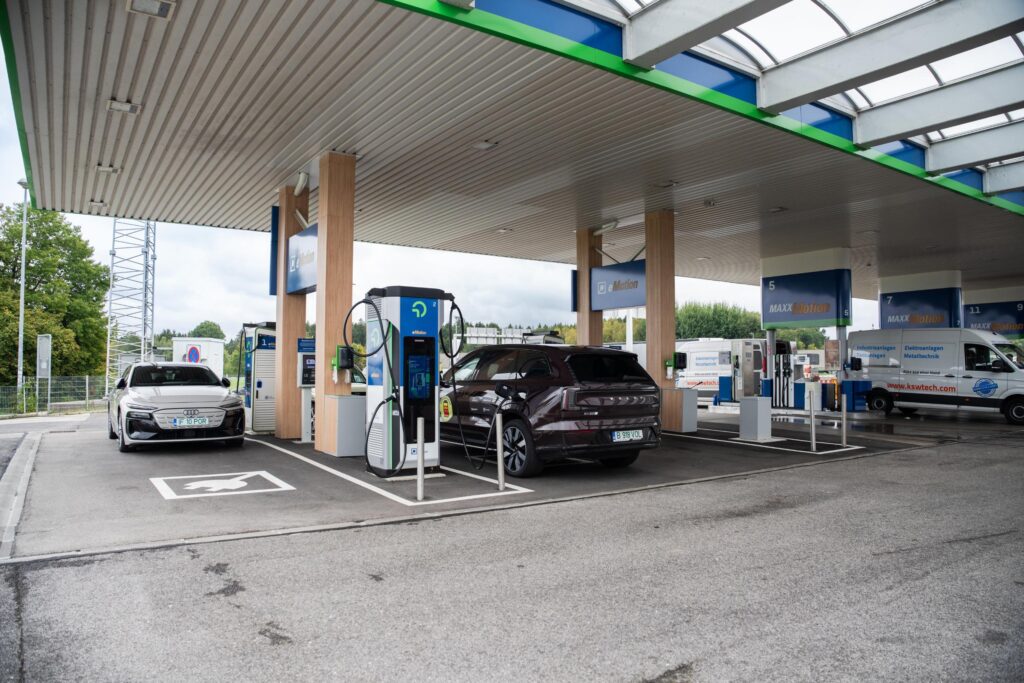
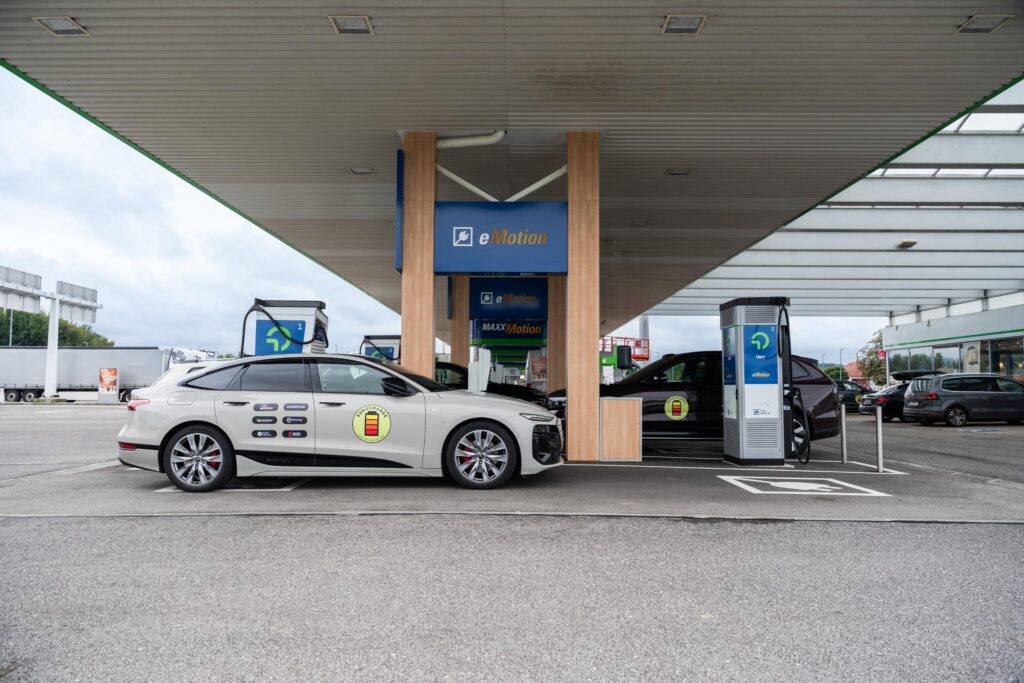
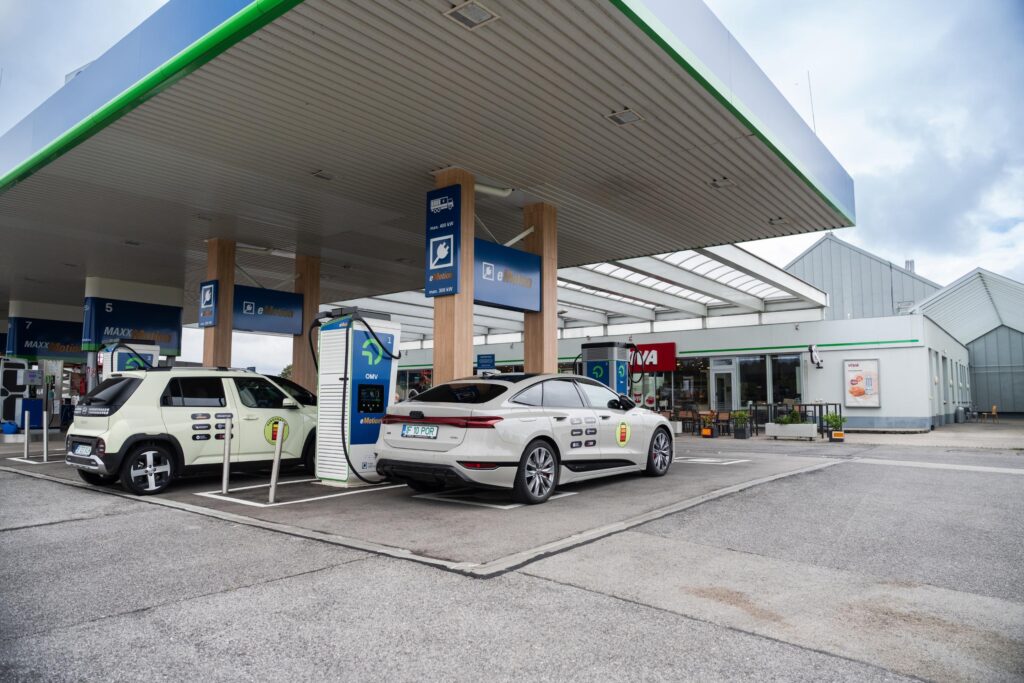
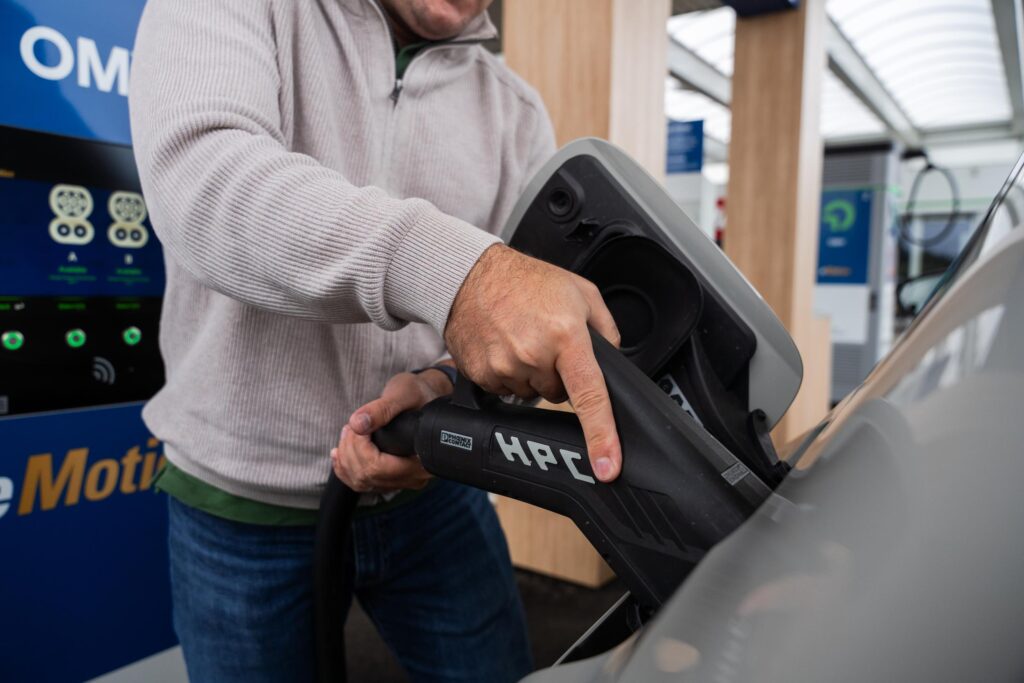
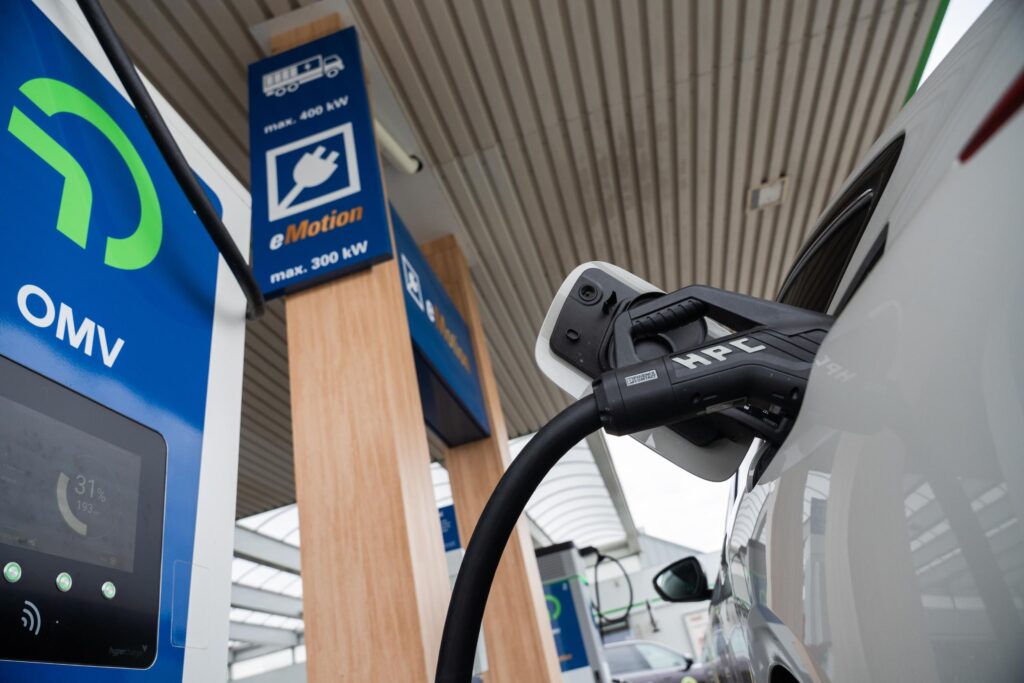
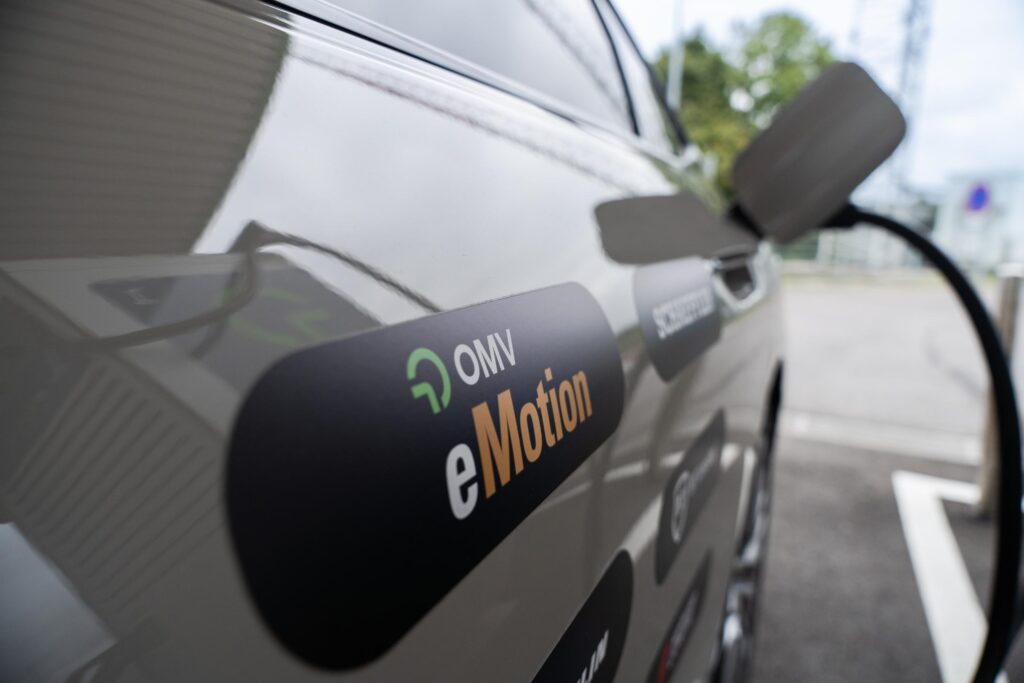
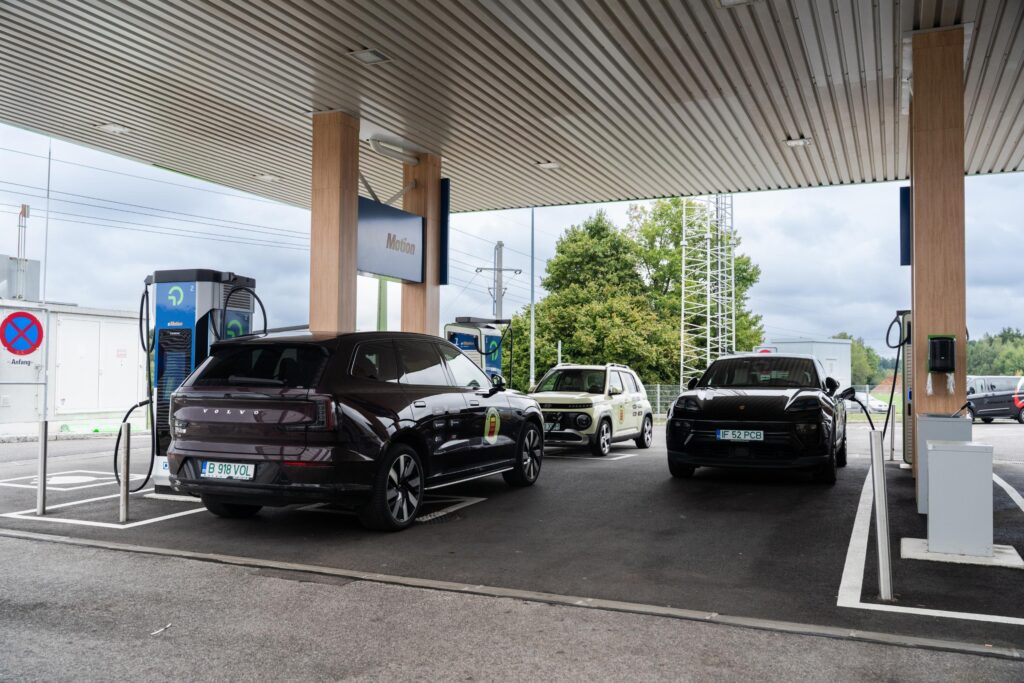
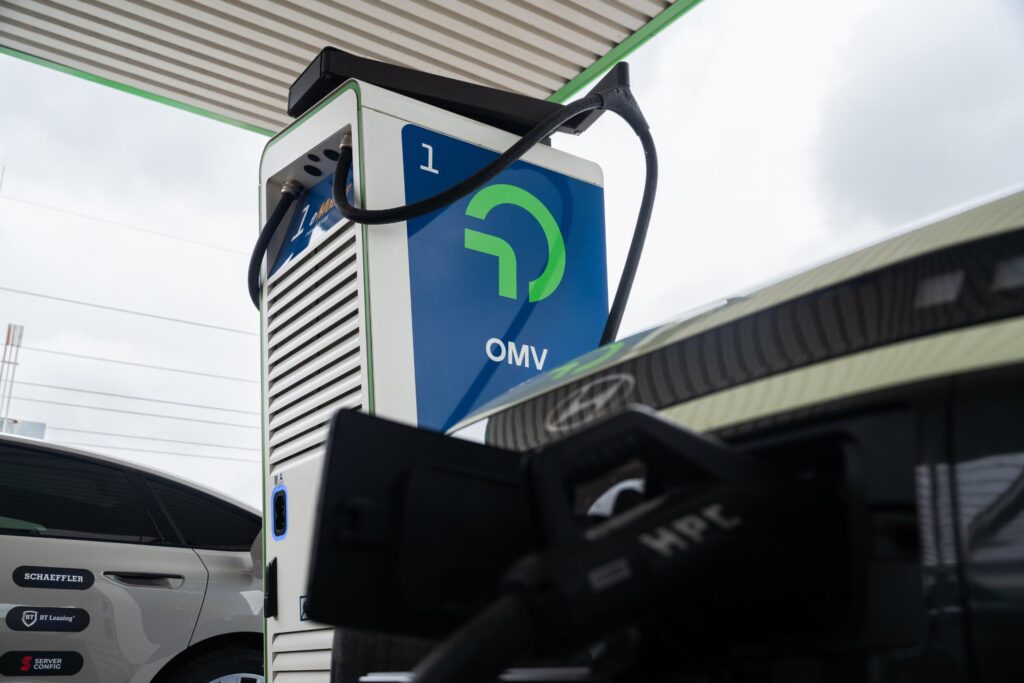
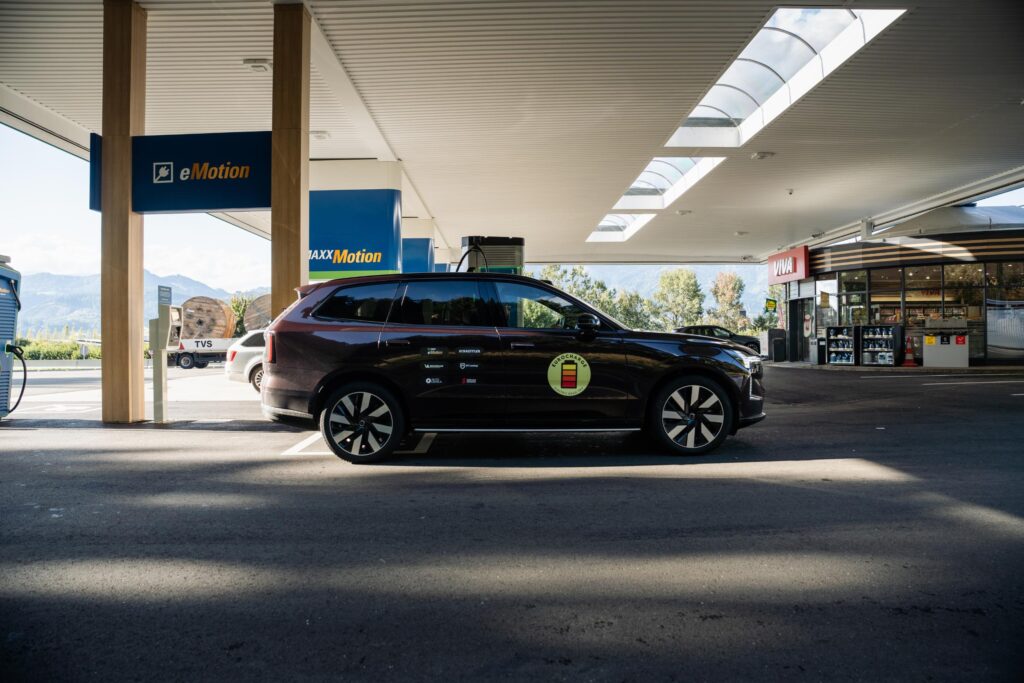
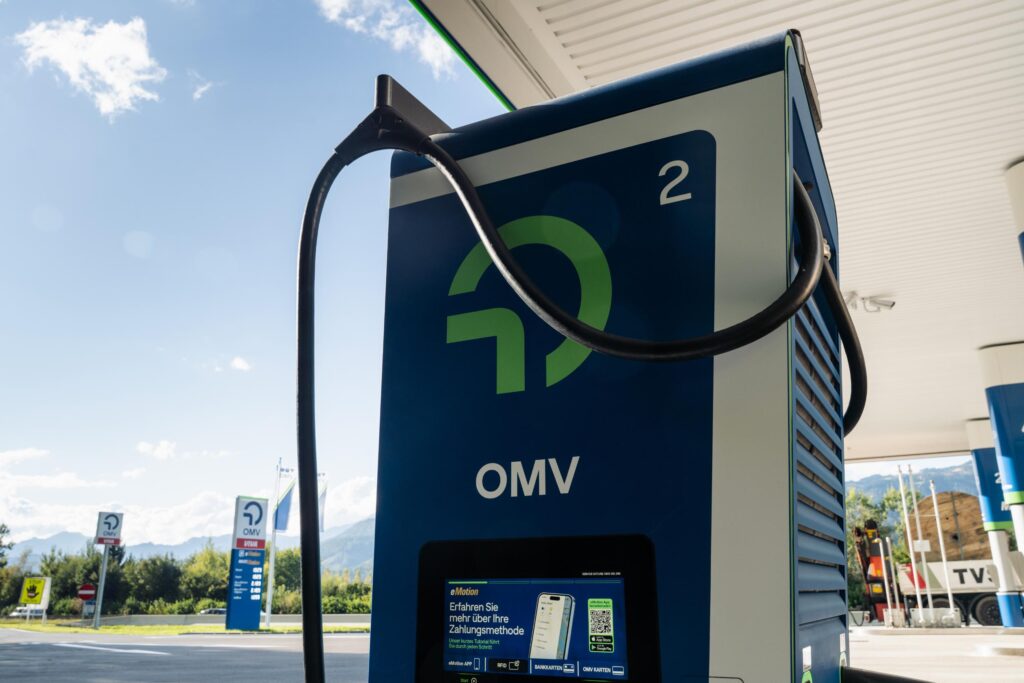
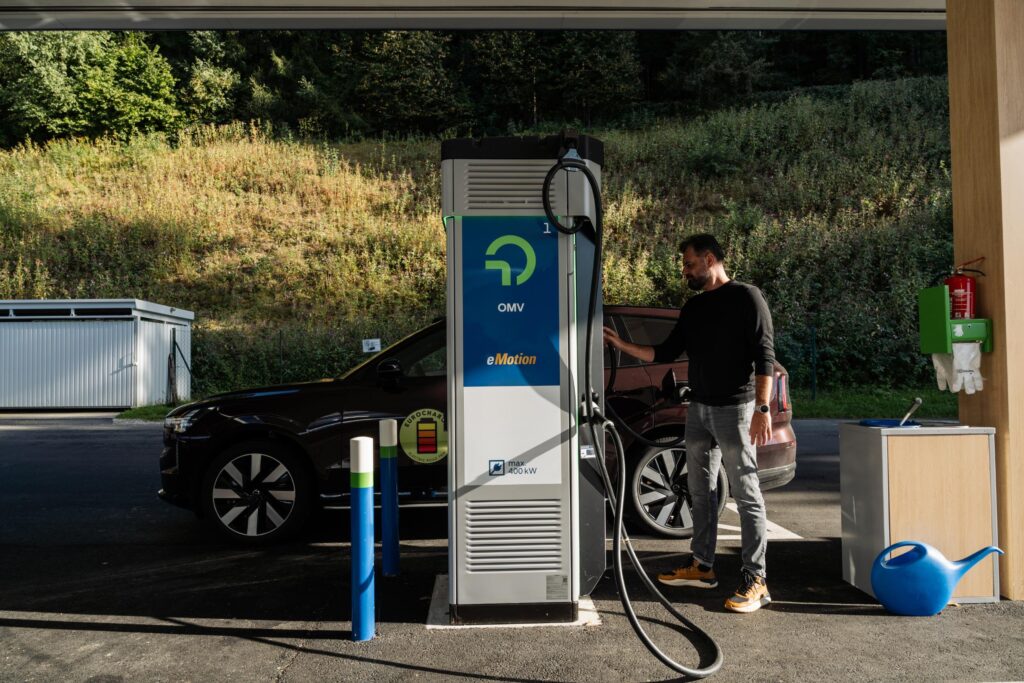
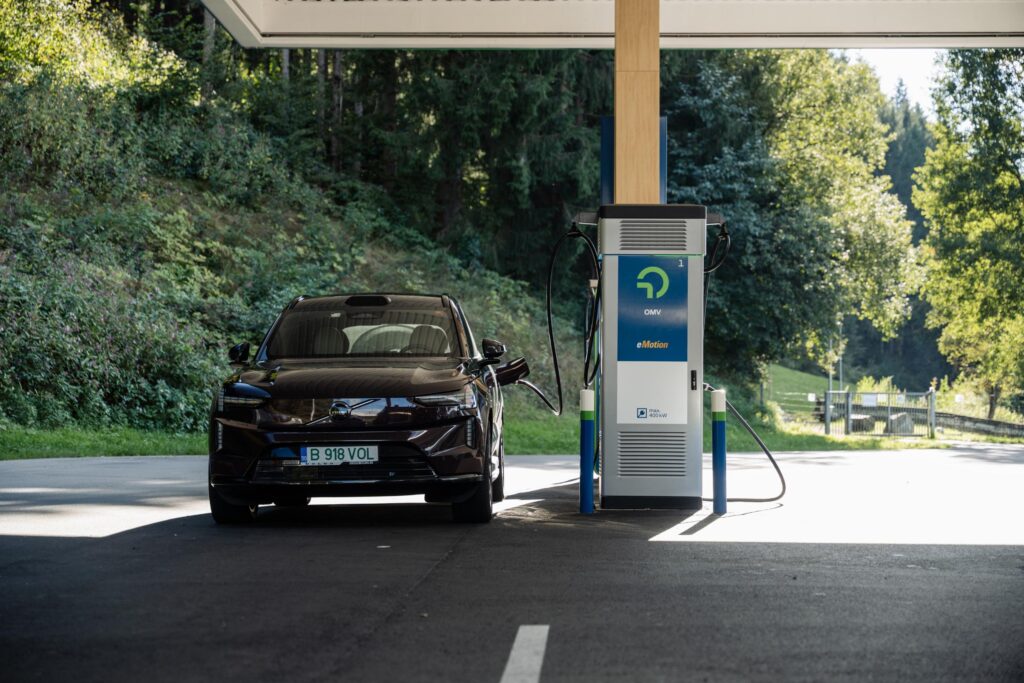
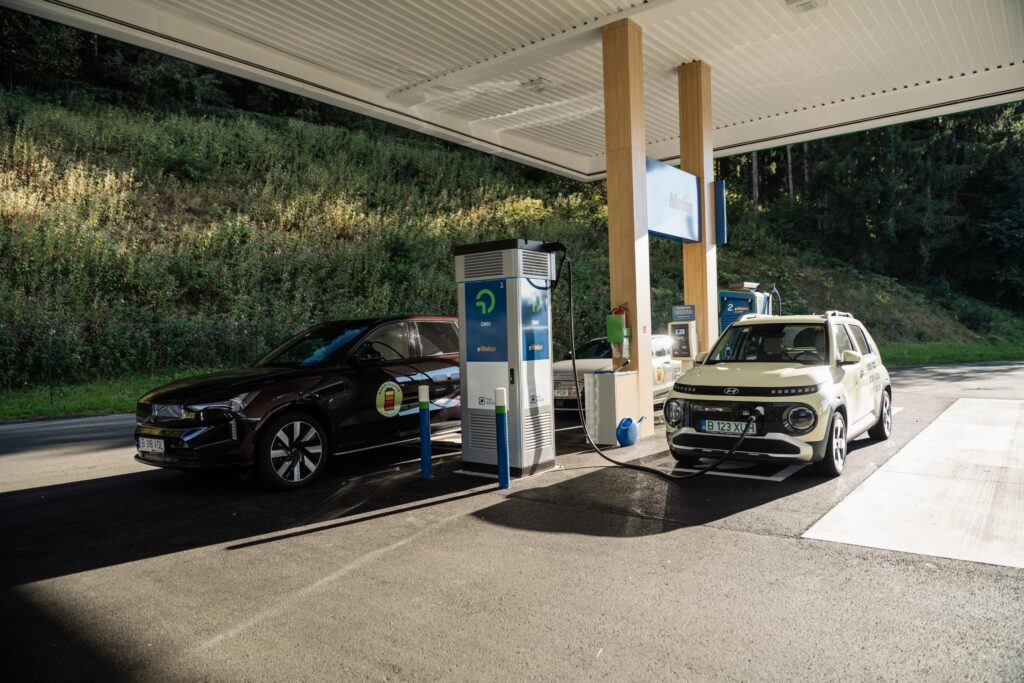
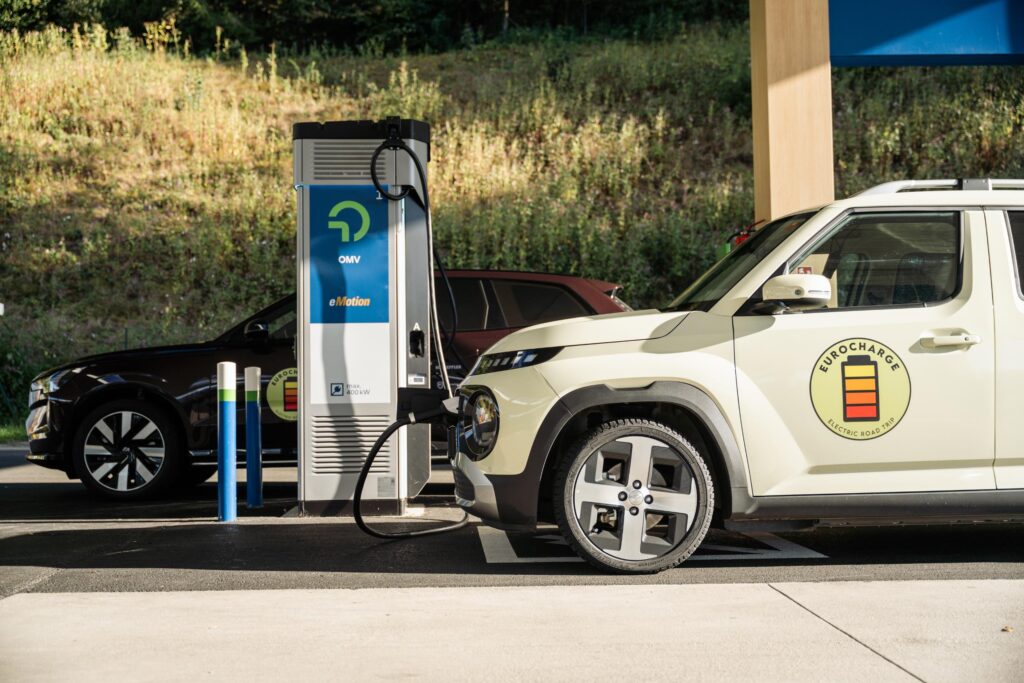
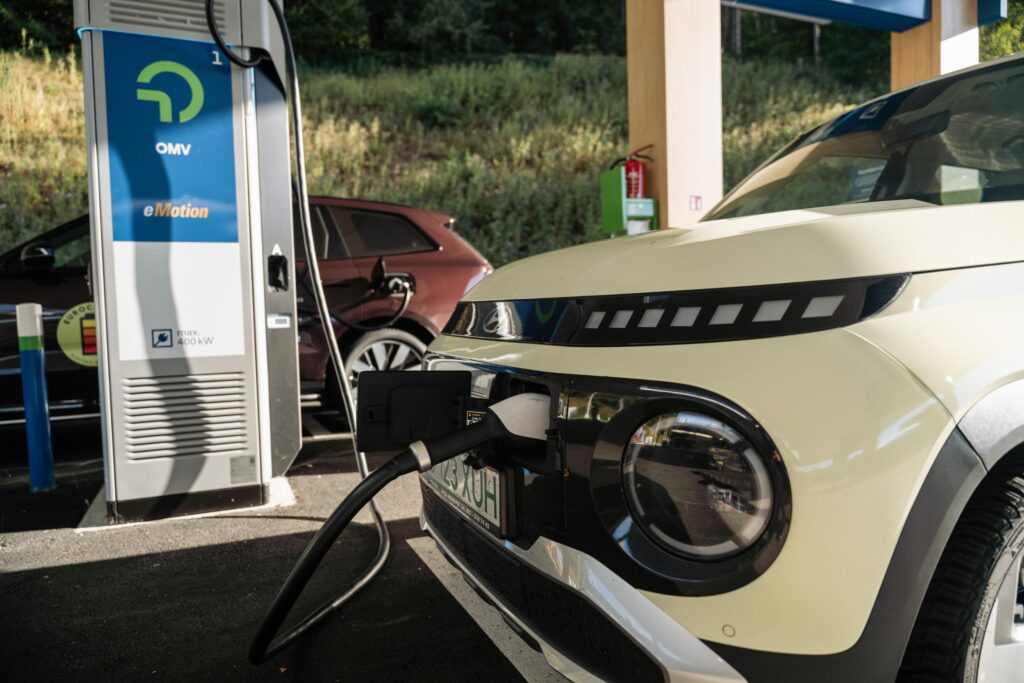
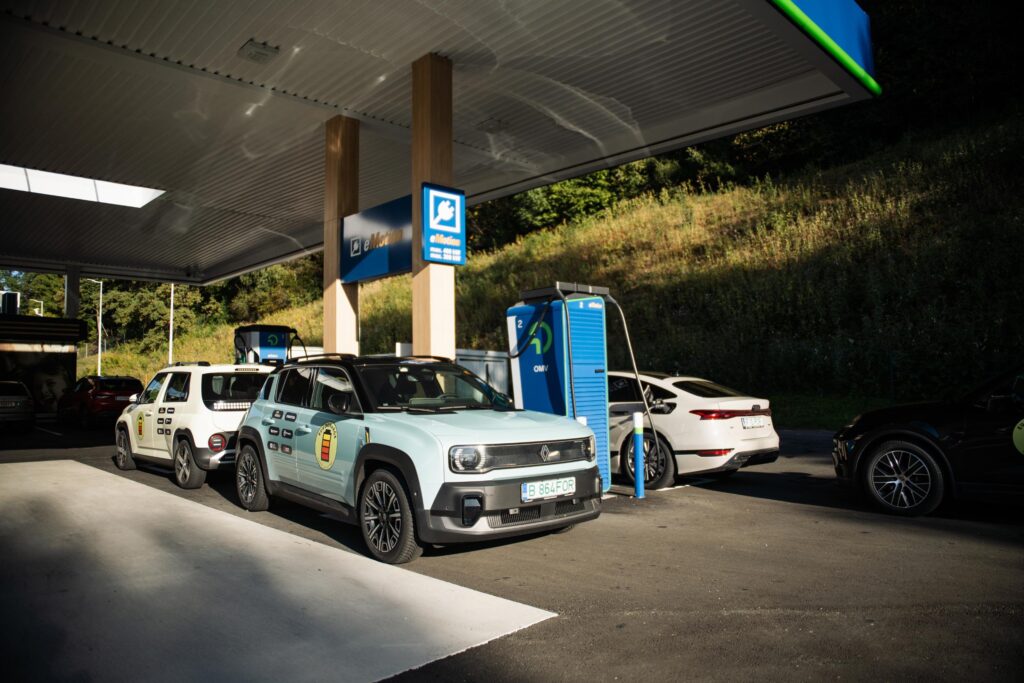
One surprise in particular was cause by that fact that every EV reached Szeged, the day’s destination, within a one-hour timeframe, although their spec sheets might suggest otherwise in terms of battery capacity, range or charging speeds.
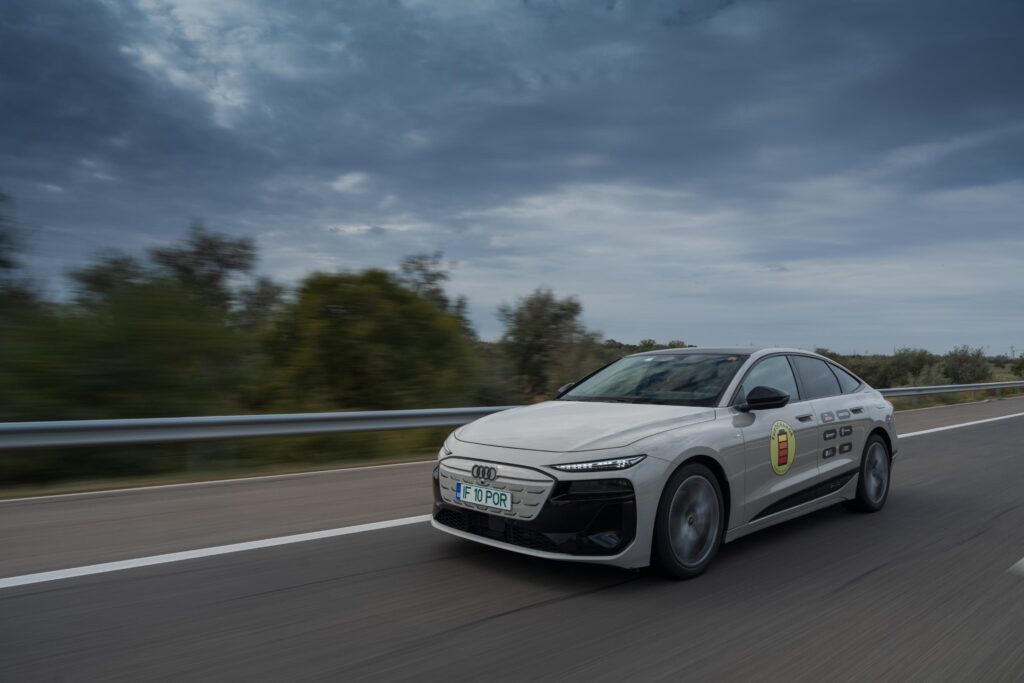
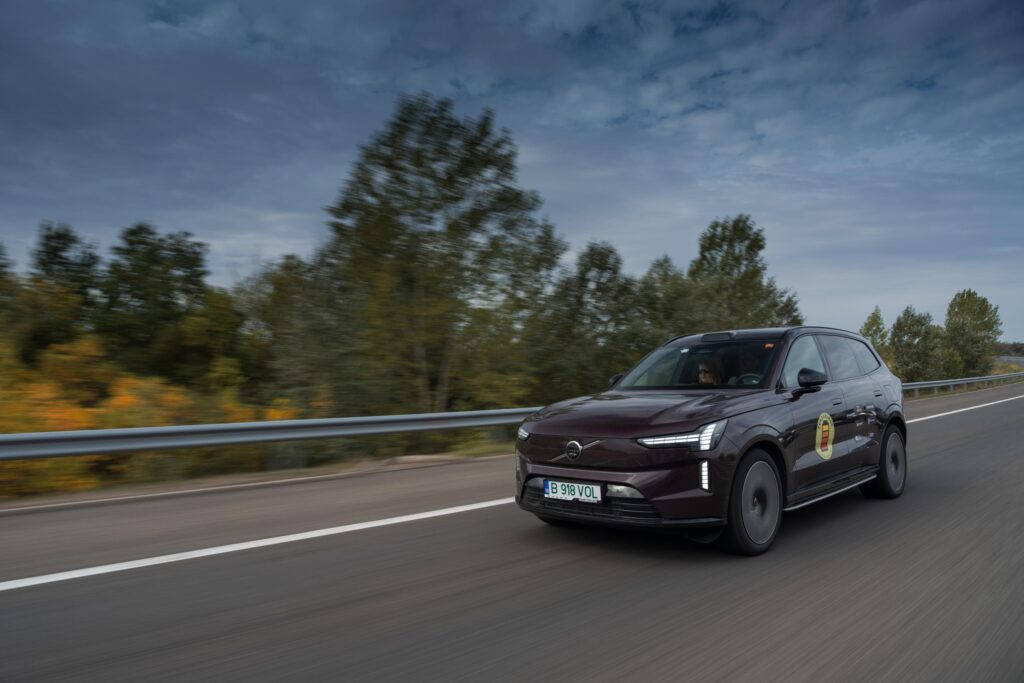
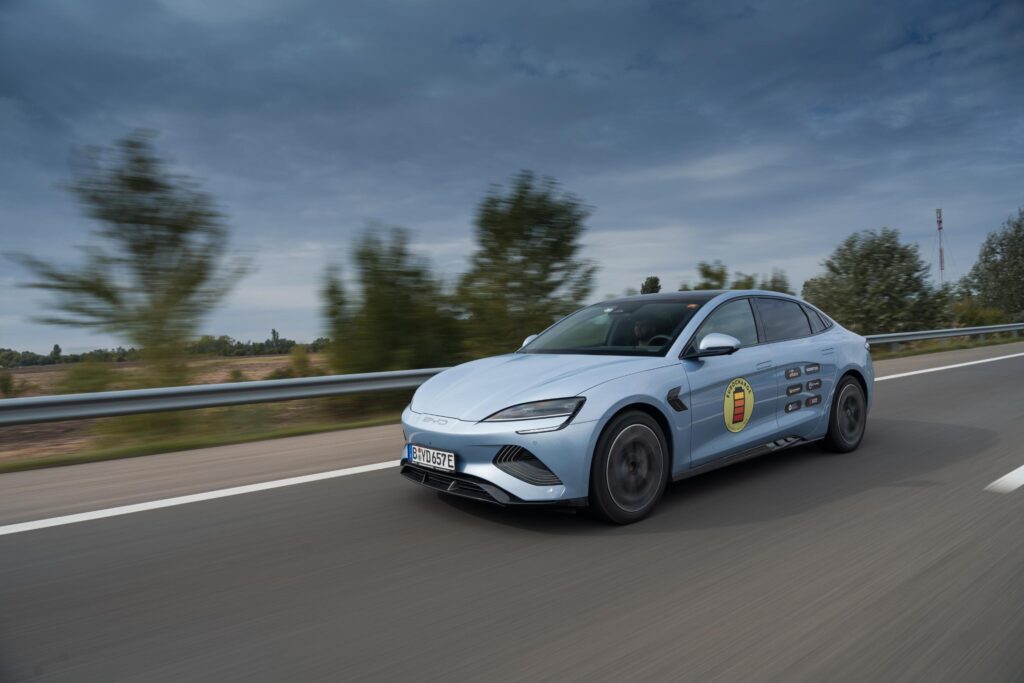
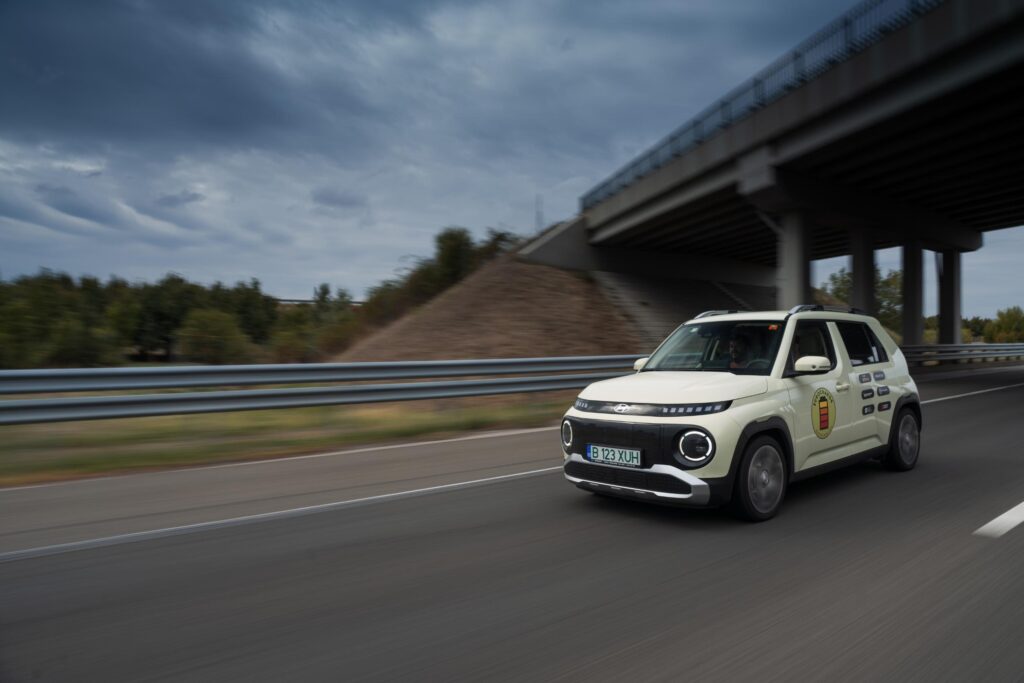
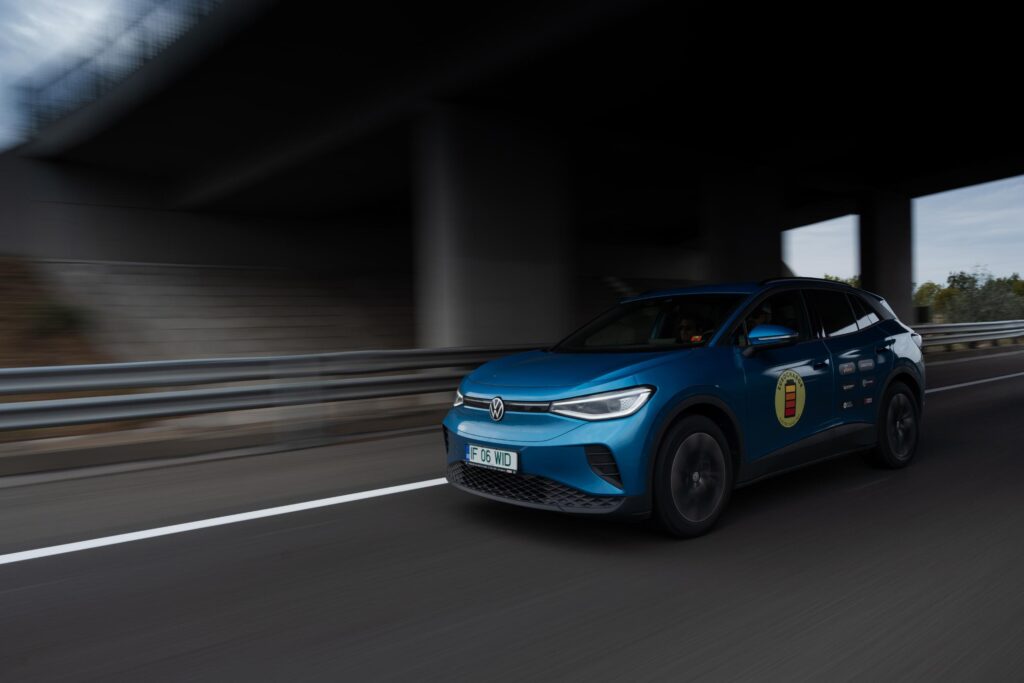
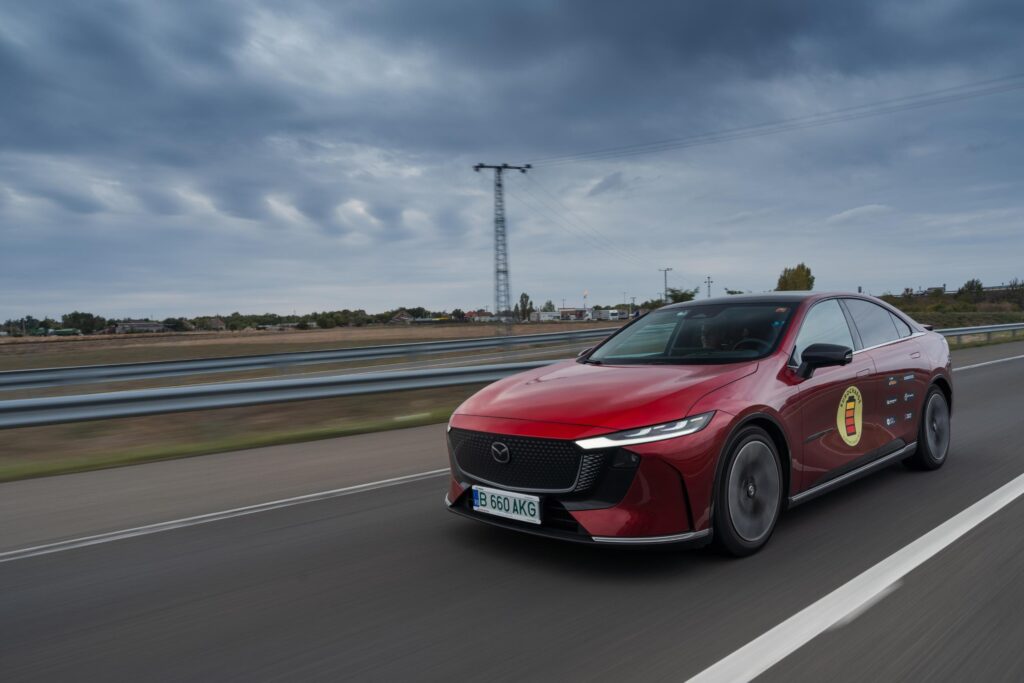
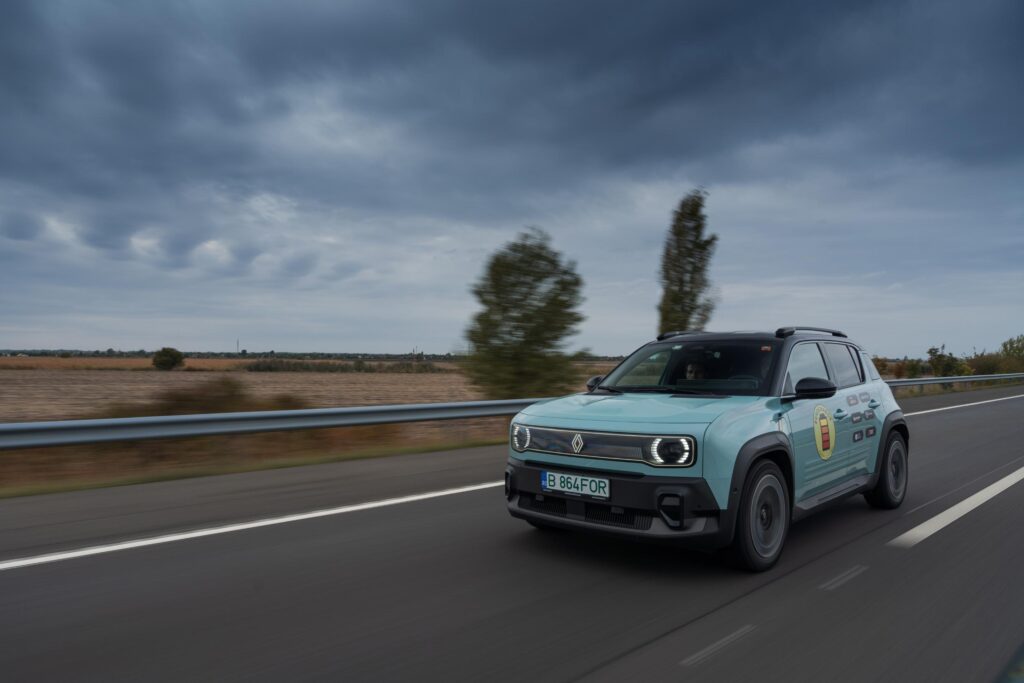
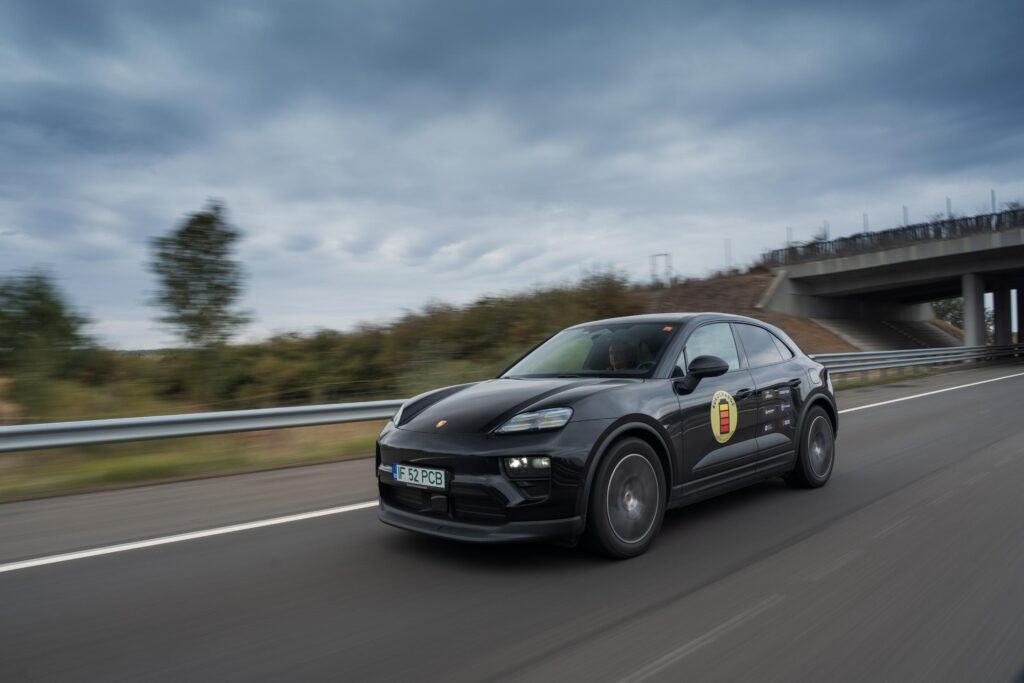
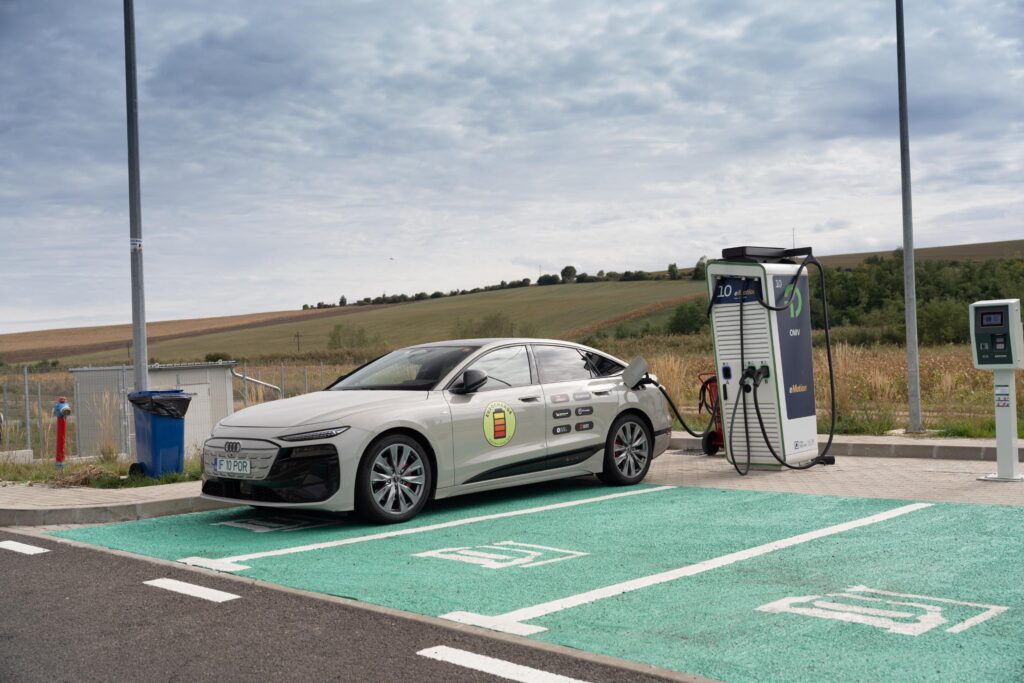
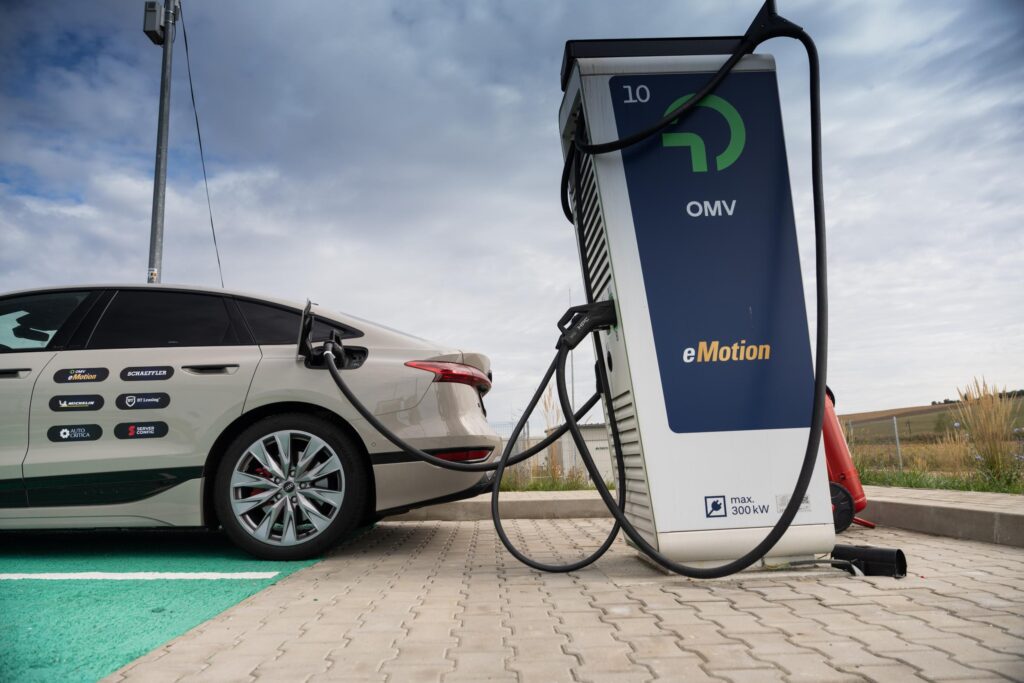
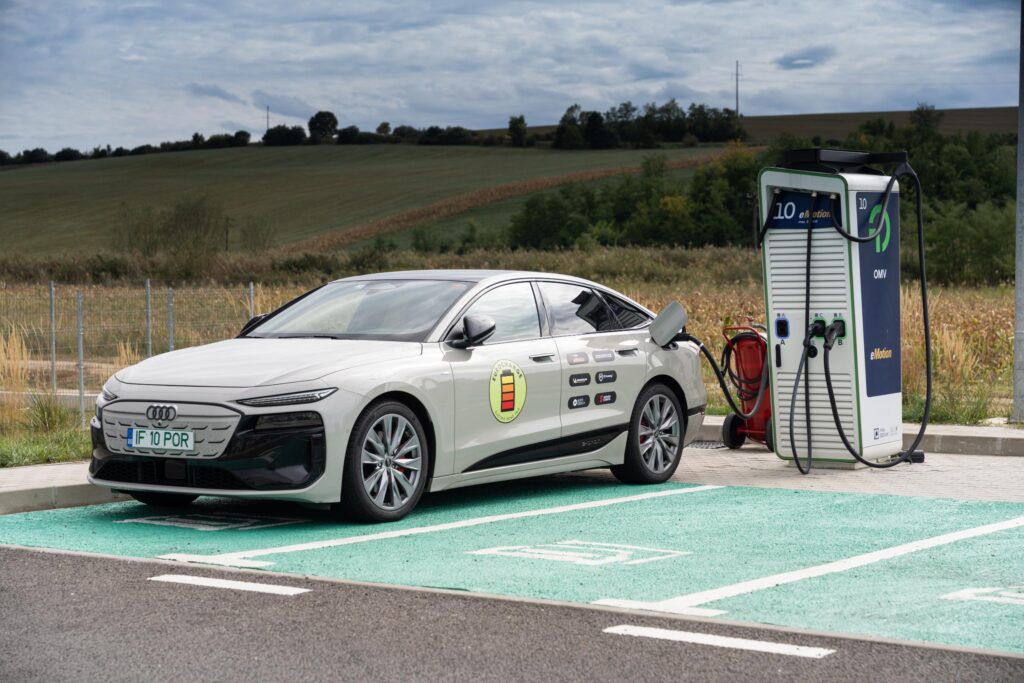
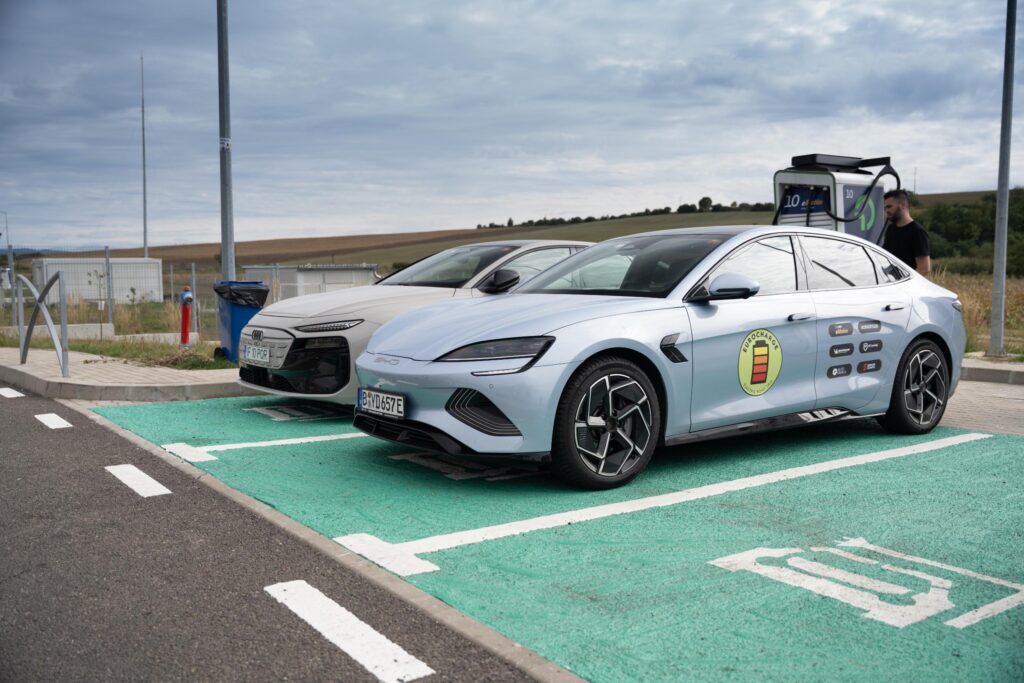
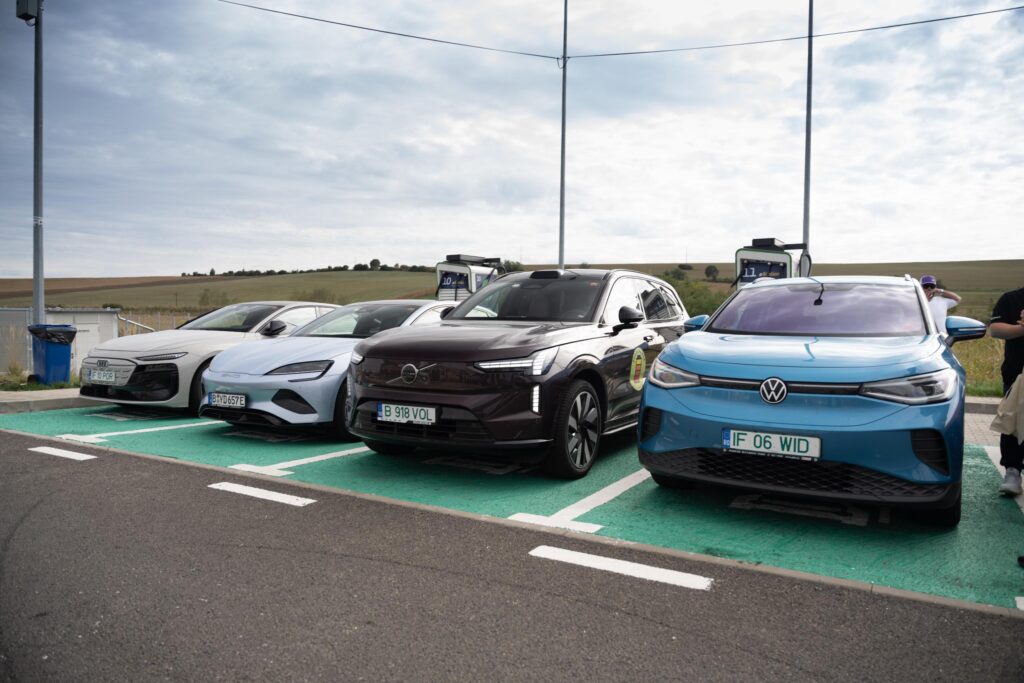
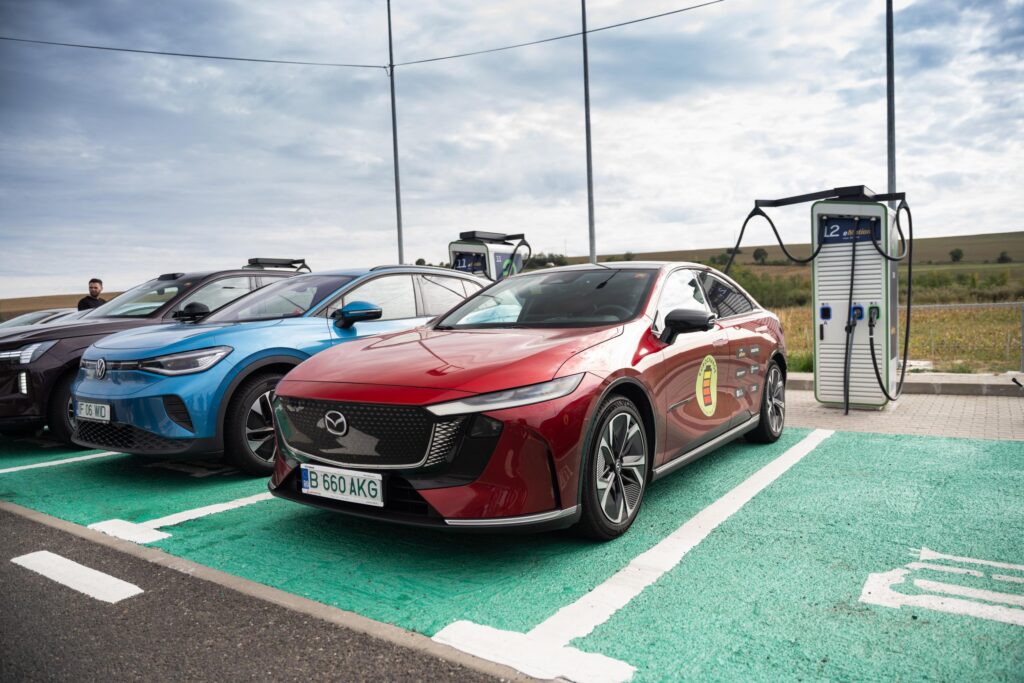
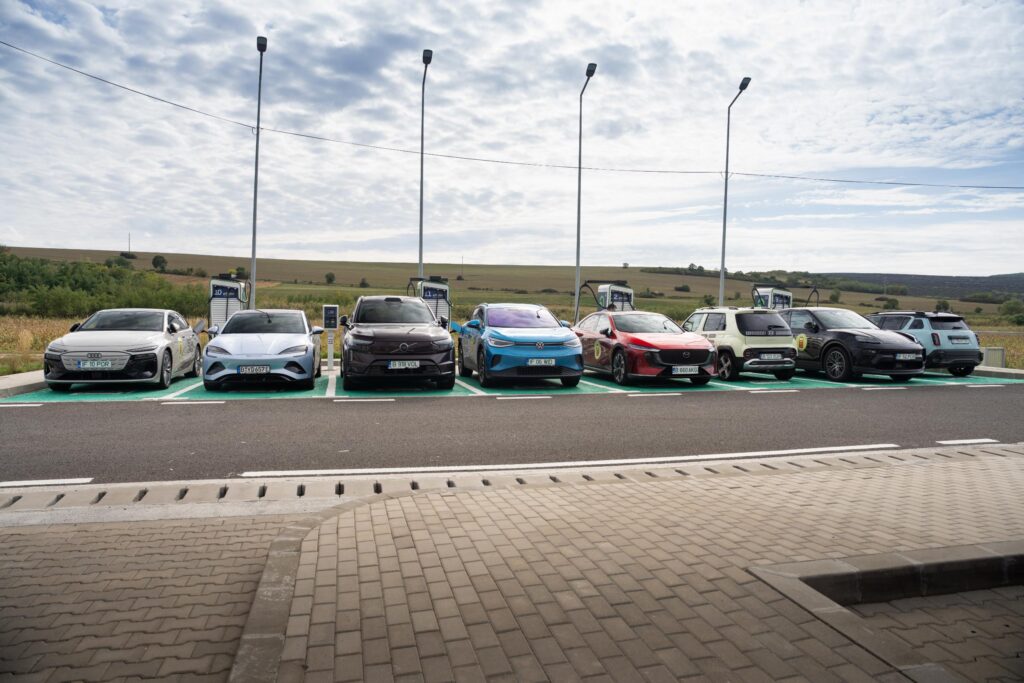
Radu Gurămultă (Autocritica) on the Audi A6 e-tron Sportback
It couldn’t have been better for our crew than to end the EUROCHARGE at the wheel of the Audi A6 e-tron. That’s why I was glad, because we traveled at GT pace. In fact, dynamic Gran Turismo performance and executive car handling. An interesting combination.
Audi knows how to catch your eye behind the wheel. At times, the interior approach is overwhelming. That’s why I’m surprised at the less-than-substantial attention to materials placed in some areas that aren’t exactly hidden, such as the door panels. Here and there you can feel the “cost control”, and it’s not all that pleasant when you consider that Audi used to know how to craft impeccable interiors. But, we accept that these are the times for most true premium manufacturers.
You’ll notice a well put together chassis, which lays the car nicely on the road, in a combination of dynamism matured into comfort; the suspension-seats mix was a good omen for my back, because it’s not the greatest pleasure to spend more than 16 hours on the road.
With 462 hp on tap you can’t go wrong, although these days that’s not exactly a heart-stopping figure, and in good Audi spirit we’re talking about all-wheel drive, too. That contributes to the rugged, ready-for-anything feel.
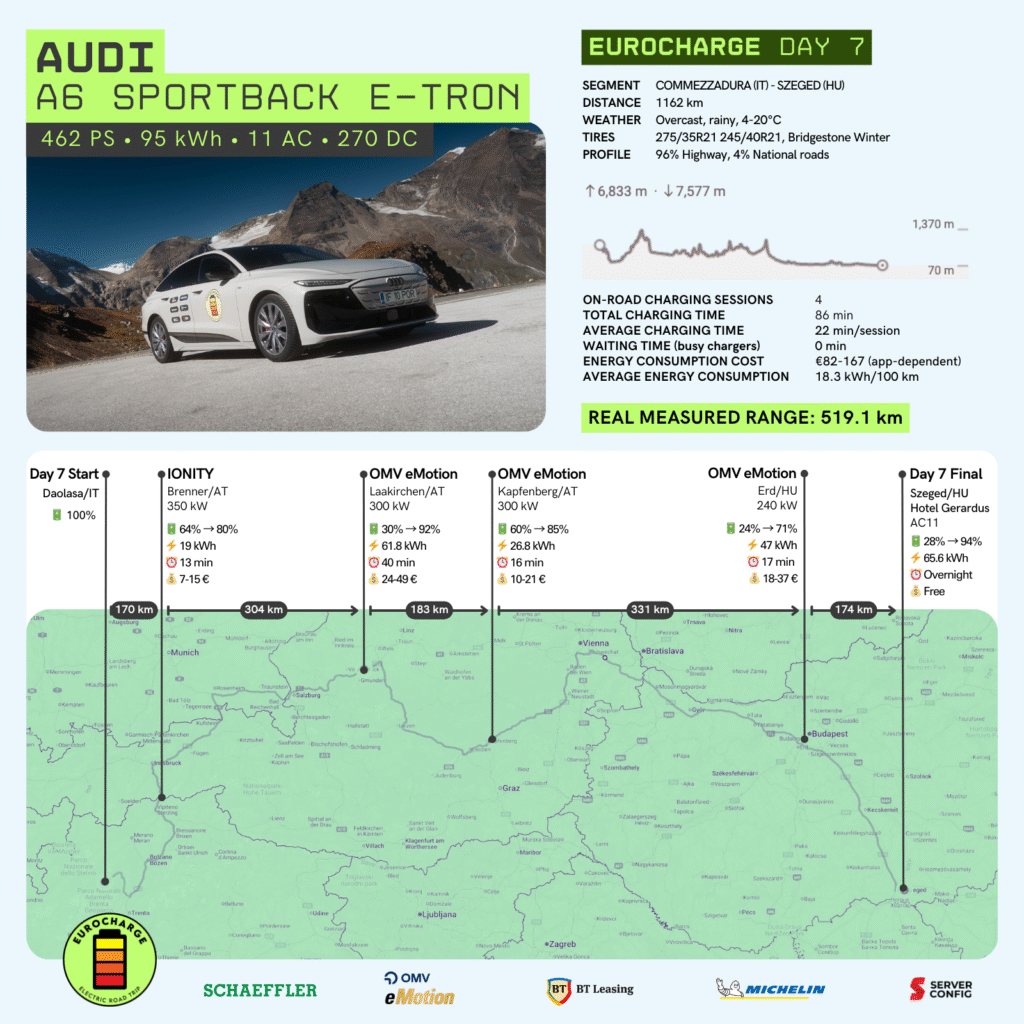
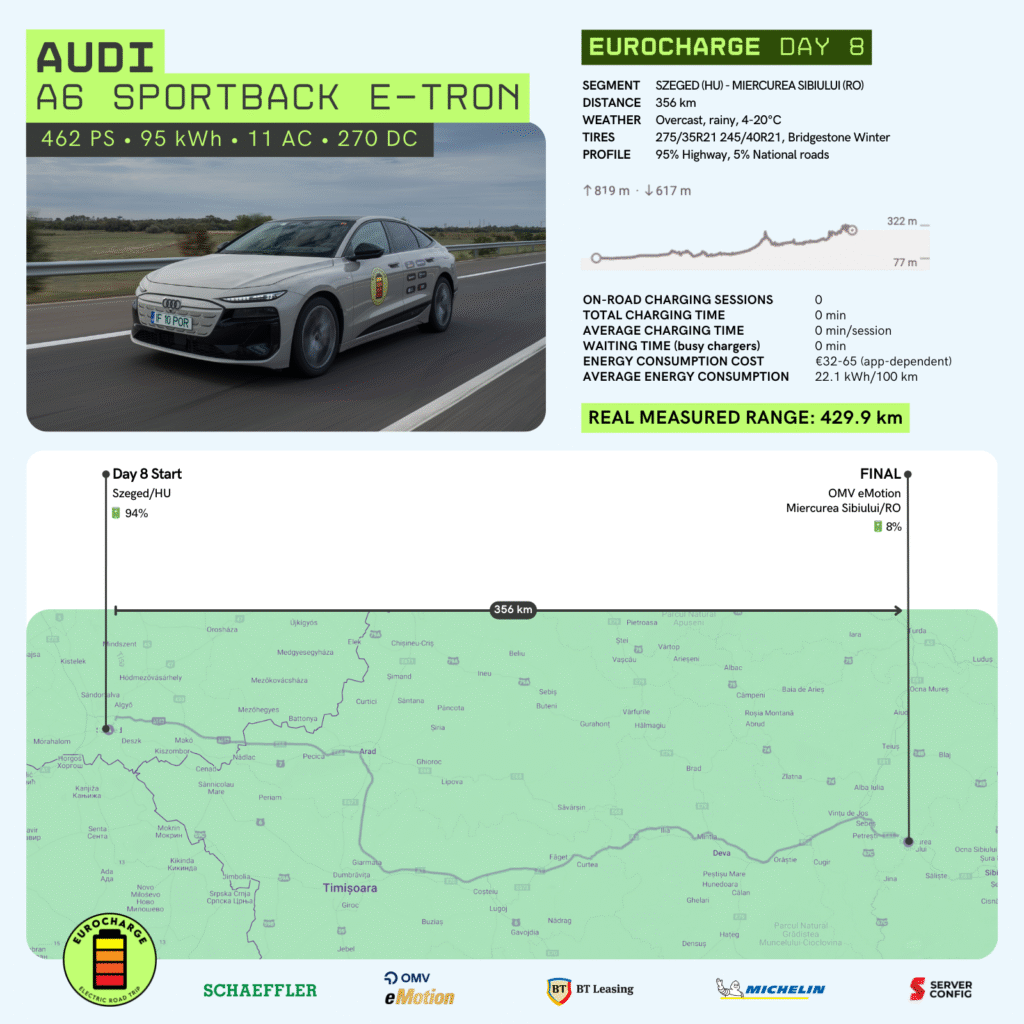
Andrei Nedelea (InsideEVs) on the BYD Seal
If you still had any doubt that Chinese cars are at least comparable to European ones, you have to try a BYD Seal. After driving it nearly 800 kilometers from Tyrol to Szeged, I really had time to form an opinion. BYD is playing hard with the Seal, which is a car with a sport sedan exterior design that doesn’t look out of place even after you show it a few corners followed by a straight line where you dramatically put down all the performance it has at its disposal.
The car looks good from any angle and even turns heads, but inside it doesn’t disappoint either. I was pleasantly surprised by the interior materials. I have toured with cars twice as expensive, whose perceived level of quality in places seems below Seal. Everywhere you touch inside, the materials are pleasant, look expensive and have a premium feel. You can even switch the screen between landscape and portrait, which is as unnecessary as it is spectacular, and is sure to impress your passengers.
I can’t fail to mention how fast Seal is. In 3.8S form, the Seal glues you to the seat with 530bhp and 680Nm which, as the name suggests, sends the car from a standstill to 60mph in 3.8 seconds. It feels even faster than that, especially when you’re a passenger. It also corners well, and traction control can be partially deactivated, allowing you to play with the power a bit and feel the car redistribute it from wheel to wheel in corners without ever losing grip.
I didn’t think it would impress me dynamically because I had read from others that it is a comfort-oriented car, but it really surprised me pleasantly. It also handles well on the highway, where although the suspension remains firm, the car manages to insulate passengers from imperfections in the road, and it’s very quiet thanks to the double-glazed front windows. The Seal is the car I drove the longest distance on the tour and after almost 1200 km behind the wheel and as a passenger, I find it a very attractive and convincing package that lends credibility to the BYD brand and puts established manufacturers in a not so good light.
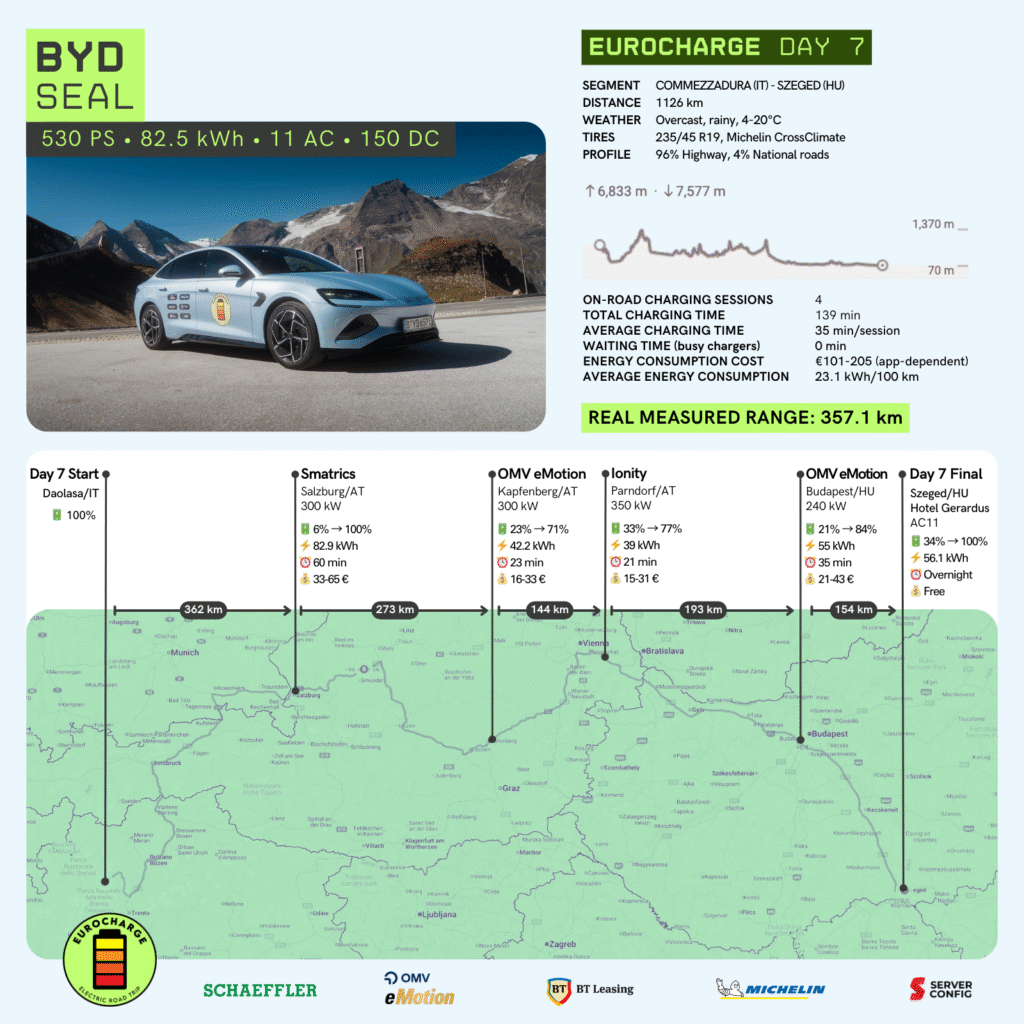
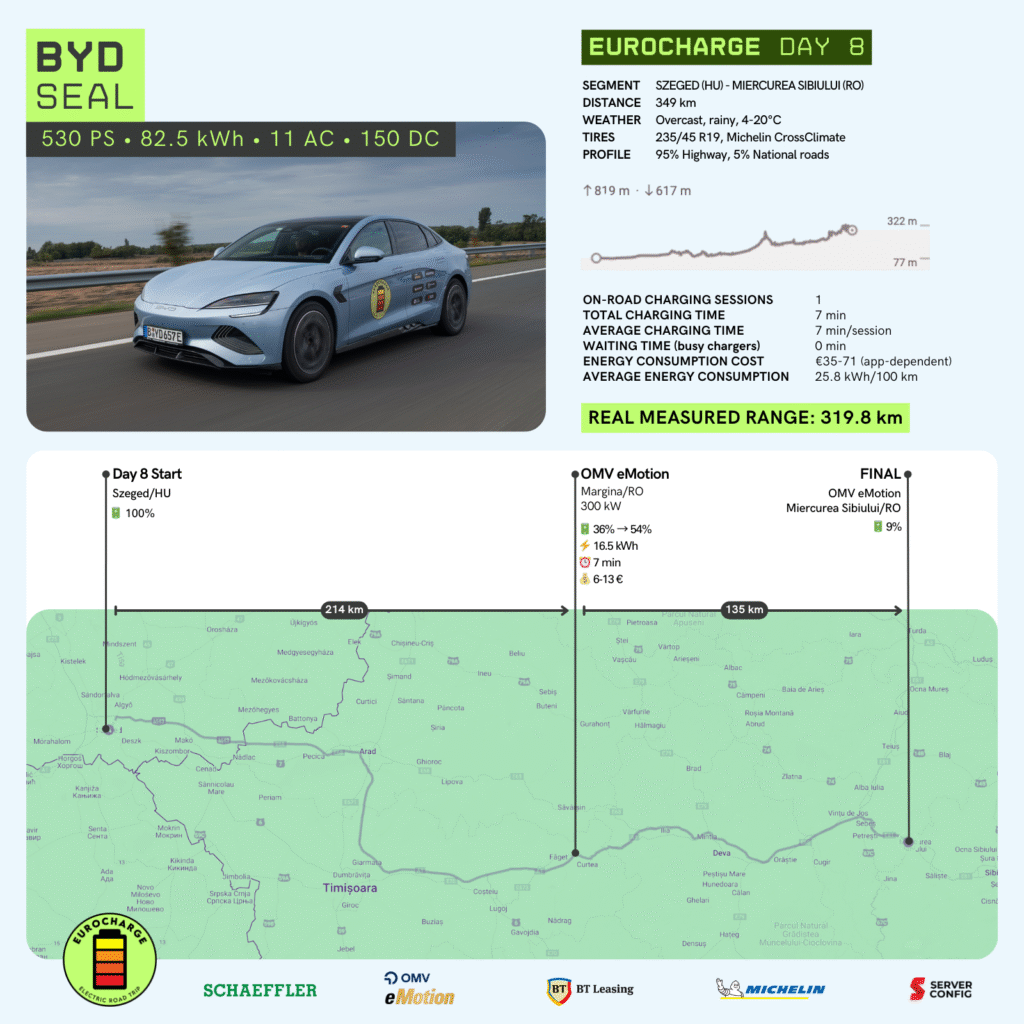
Constatin Ciobanu (Autocritica, Adevărul Auto) on the Hyundai Inster
So, the Inster. This car is made for the city and it’s brilliant for the urban environment. Okay, maybe I would have liked a couple of liters more in total trunk volume. I also don’t mind the fact that it can max out at 85 kW at DC stations, because in the urban environment, it will be happy with the 11 kW available at AC stations. To me the Hyundai Inster is what an electric Fiat Panda should have been.
Can you go for the long haul? Yes, but the car isn’t designed for that, and it’s not to blame for not giving you everything you want in a long-distance car.
It’s been an extreme test for the Hyundai Inster on this long day, but it passed with flying colors. And the fact that it got me to my destination without any sort of anxiety made me put it on a list of cars I like.
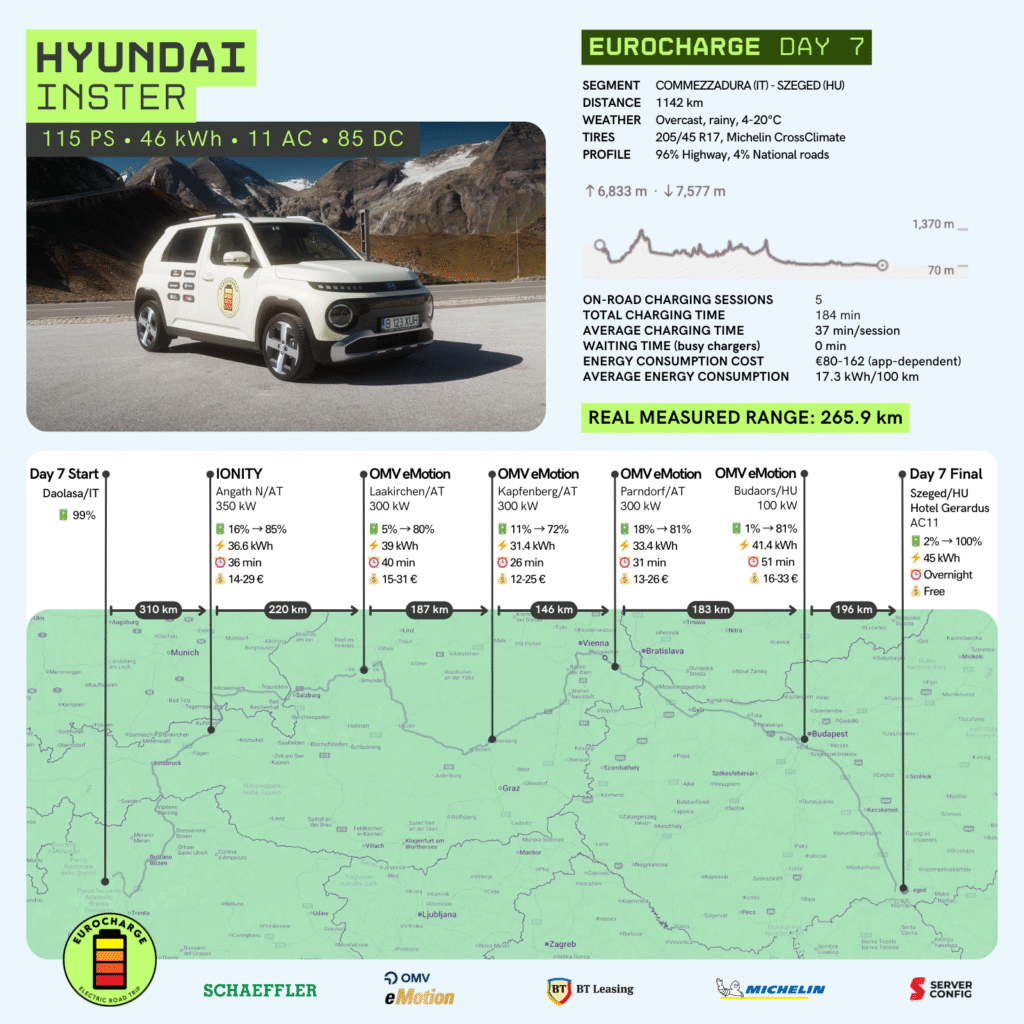
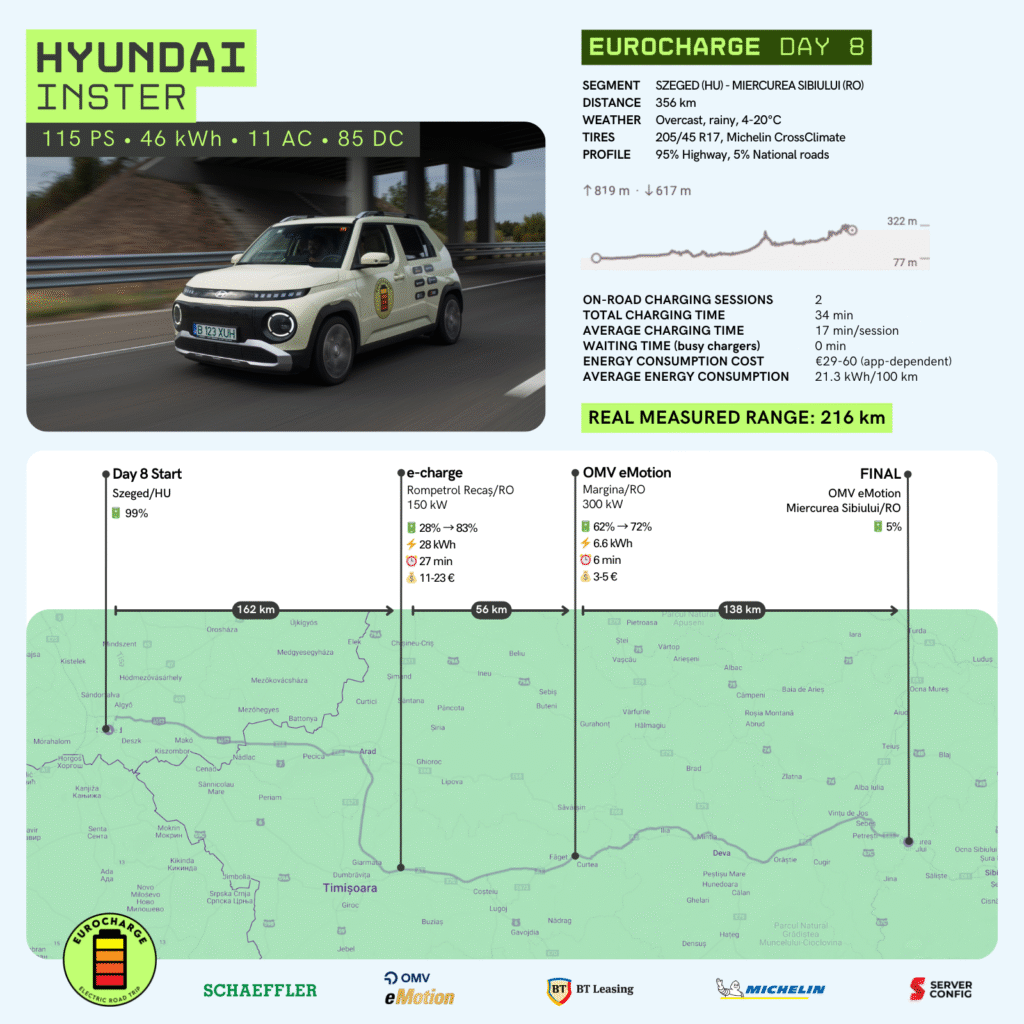
Mircea Mester (Autocritica) on Mazda 6e
On our road trip in the Alps we had cars big, small, powerful, efficient, comfortable, sporty, all shapes and sizes. In this picture, the Mazda 6e is like a state in state, a kind of special judges’ award, a category in it of itself. I don’t know if it’s the color, Soul Red Crystal, which looks like it’s been applied in 70 layers by a Tibetan monk (I met a group of Tibetan monks on Grossglockner Hochalpenstrasse, by the way), or simply the design, but this car stops pedestrians in their tracks. It is, without any hesitation, the most beautiful car in EUROCHARGE by Schaeffler. I proclaim it here, with the power of the full 22 years of automotive journalism that have flashed before my eyes.
Usually, after such a successful exterior, you expect the interior to be a disappointment, a promise unfulfilled. Except not here. In our top trim, with that cream interior and Alcantara stretched generously across the dashboard and doors, the cabin is a work of art. You kind of want to take your shoes off when you get in. It’s the kind of space that makes some airlines’ business class cabins look low-cost. The perceived quality is fabulous.
Everything is almost perfect. Almost. Because no matter how much you lower the driver’s seat, you’re still sitting a little high. It’s a driving position borrowed from an SUV, which many people will like, but it doesn’t quite match the car’s feline allure.
But how does it drive? I had it on the longest and most harrowing day of the tour: 1,160 kilometers of highway from Italy to Hungary. And I liked it, because it tries so hard to be a real Mazda, a dynamic achievement. The steering is well balanced, the suspension is calibrated between comfort and sportiness, and on the road it feels settled, even mature – it feels like a fourth-generation EV, not like the first.
On the minus side, I noted the lane-keep system, which is such a zealous assistant that it yanks the steering wheel out of your hand even when you signal to change lanes. It’s like an over-enthusiastic bodyguard who also protects you from friends. Fortunately, it can be disabled and I’m sure an OTA update will send it on the right track.
You’ve got two batteries. The small one (69 kWh) charges quickly, at 200 kW. The large one (80 kWh) charges slowly, with 95 kW. Logically, it would have been the other way around, but who are we to judge the decisions made in Hiroshima? We tested the fast-charging version. The result, after almost 1,200 km of highway driving: an average consumption of 19.1 kWh/100 km and a real calculated range of 345.5 km.
For a first non-experimental electric model (let’s forget the MX-30 for a moment), I’d venture to say that Mazda has created the best Japanese electric car on the market. Period. Which is absolutely commendable in the context of Mazda being a rather small enterprise compared to the industrial colossus it struggles against in its home country. All in all, in the Mazda 6e you’ll find a gorgeous car with a fabulous interior that drives exceptionally.
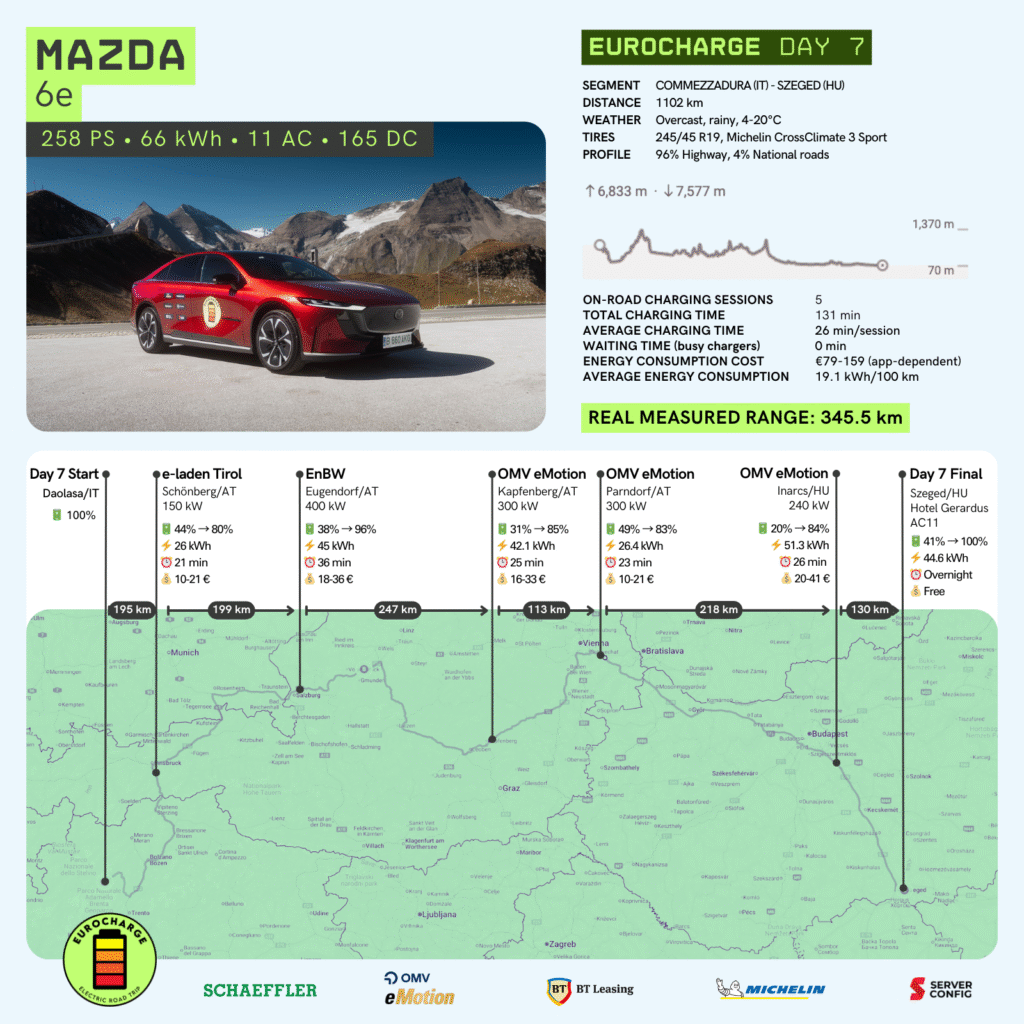
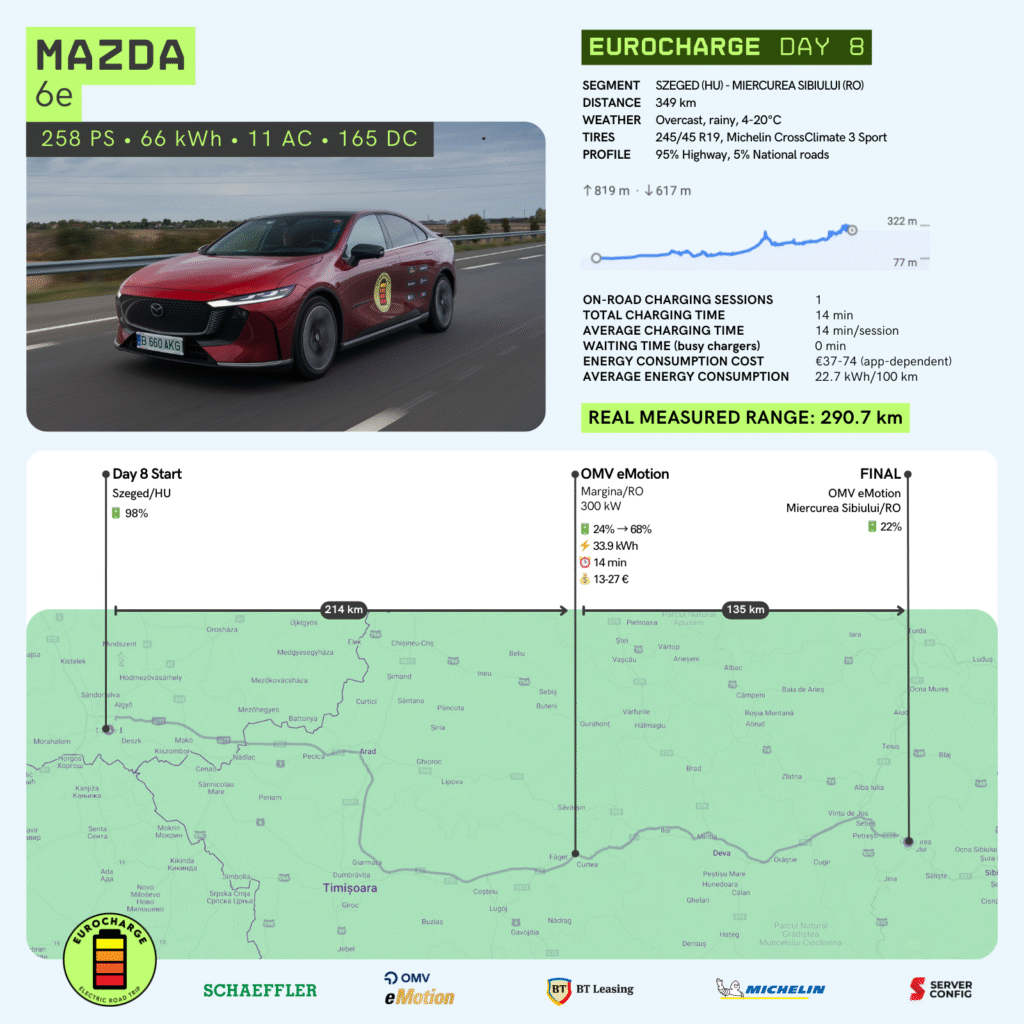
Marco Badea (Explicativ.com) on the Porsche Macan
The Porsche Macan is the rare kind of car that if you deliberately look for fault, you won’t find it. The suspension is sound and smooth, the range is better than a combustion-engined car of similar size, power and performance, it has an interior with finishes that let you know you’re in a car of value, a very comfortable space that invites you and the whole family for a long drive, and a road stability I’ve never seen in any car.
The Porsche Macan 4 isn’t a cheap car, but it’s a car worth every penny. It’s got a very intuitive infotainment system, it’s easy to drive and you feel powerful behind the wheel, not necessarily just in terms of horsepower, but in the overall poise this car has on the road.
Porsche, in fact, is about dreams and daring to constantly push your limits with every challenge that comes your way. And the experience of driving this Macan 710 km to Szeged, for over 8 hours, made me realize why Porsche is not just a car, but the realization of a dream. That kind of dream that you keep on the walls when you are a child and that you try to achieve as an adult, on your way through life.
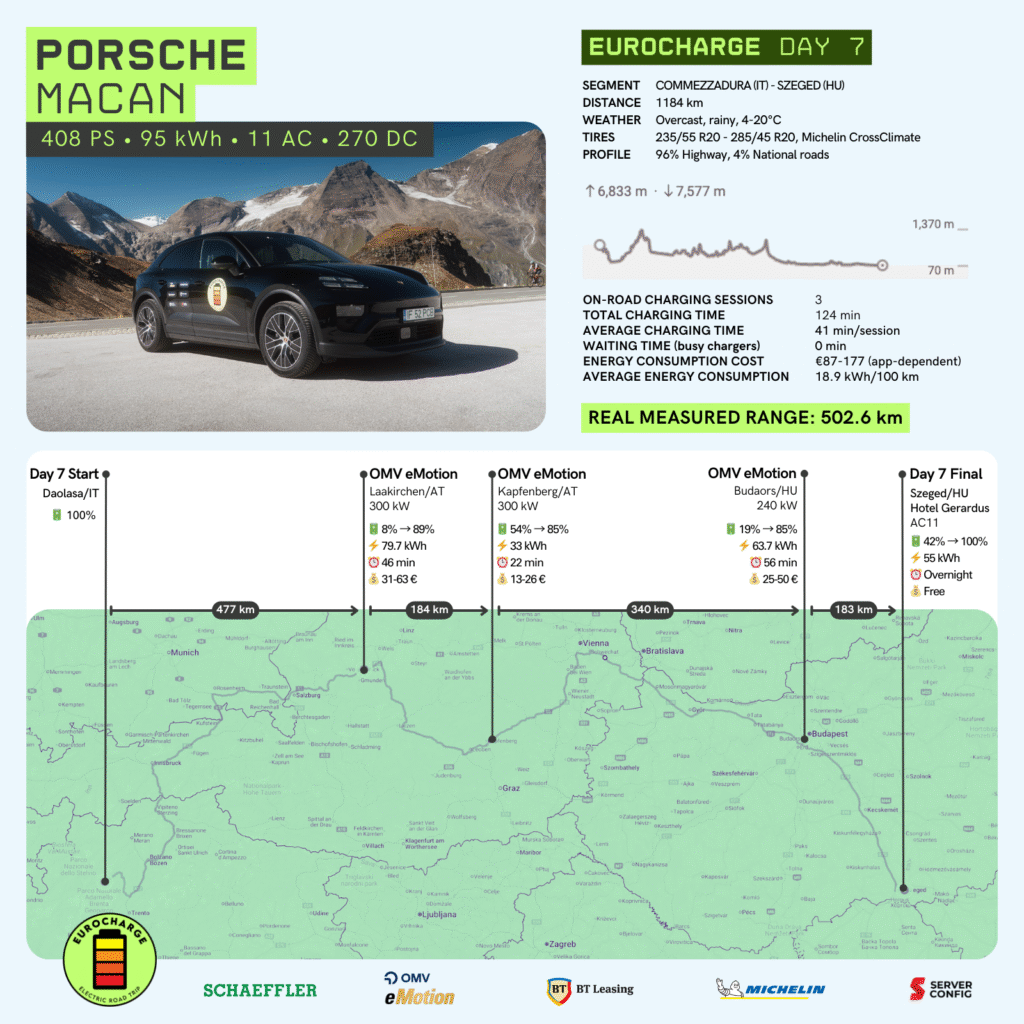
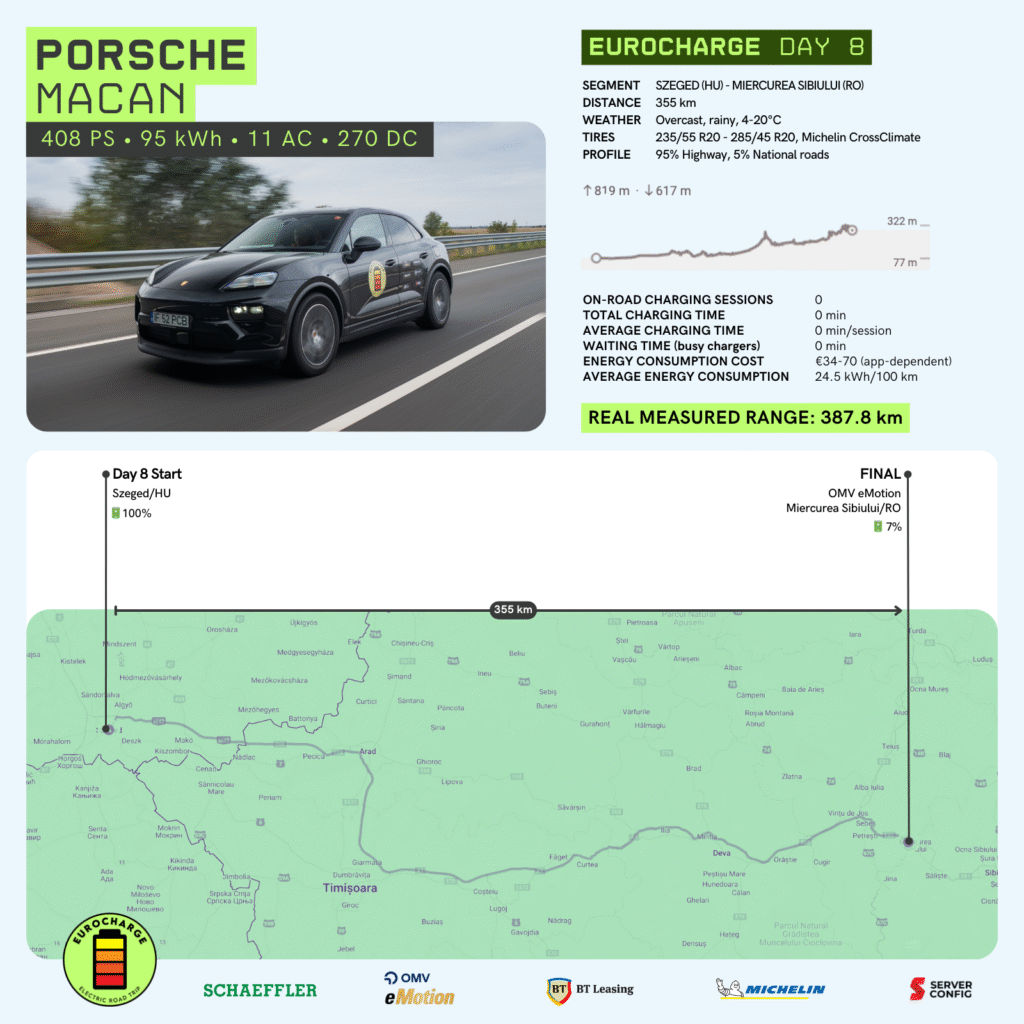
Radu Hângănuț (Euronews Romania) on the Renault 4
Having a “city” car on the day that Eurocharge gives you 1,160 km to burn through might seem like spite. But not in 2025, and not when it comes to the Renault 4.
I like this idea of a car that continues the history of a model that made history in its time. Otherwise, in a world of car brands made up only of randomly chosen letters, what else are the Europeans going to flex with?
On a 99% highway day, the Renault 4 had an average consumption of 16.5 kWh/100 km. That means an actual calculated range of 315 km. Very little, compared to the official mixed figures (Renault says the WLTP mixed range is 397 km).
But a clarification is needed: highway in Austria and Hungary, on our route, meant either expressway limits or limits imposed by roadworks. For the rest, there were also the limits of common sense, that we didn’t go to the Alps to burn rubber and terrorize the marmots, but to test drive these cars for people who understand the purpose of an EV.
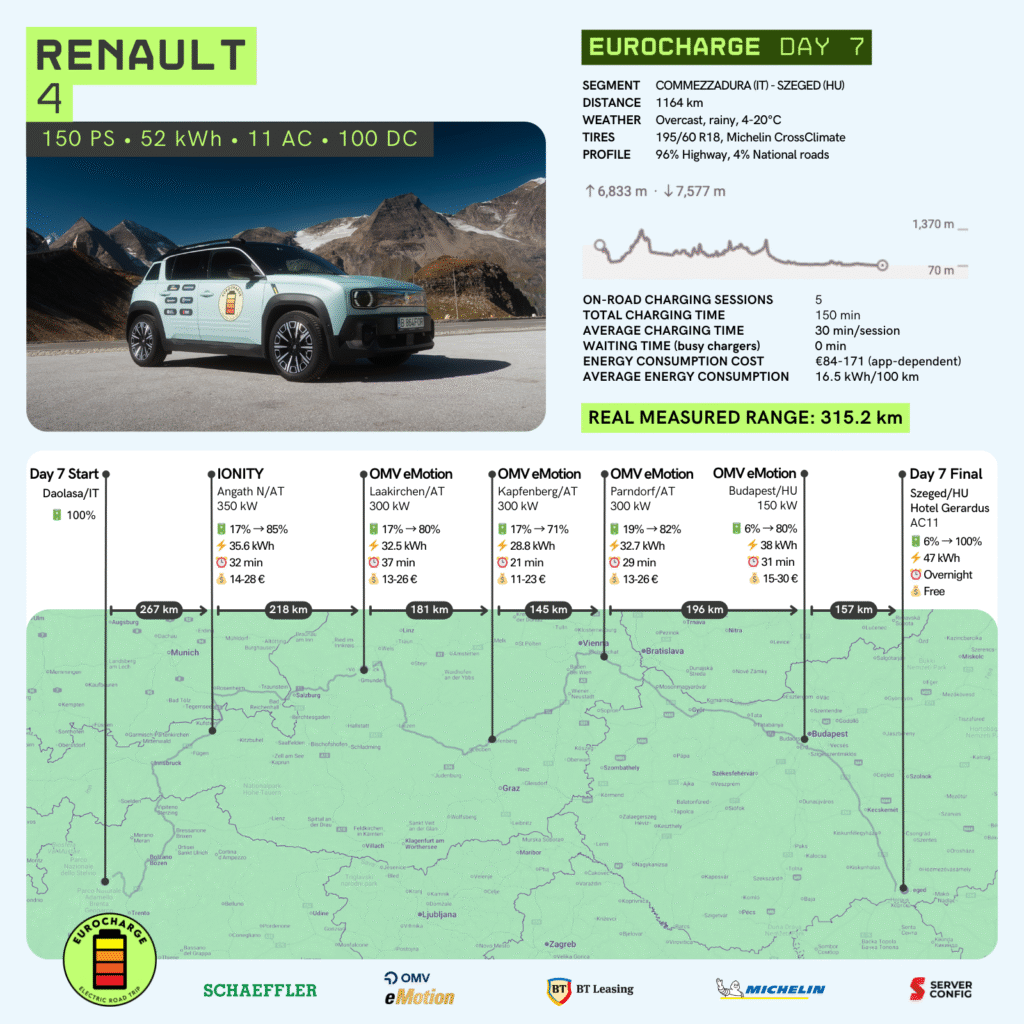
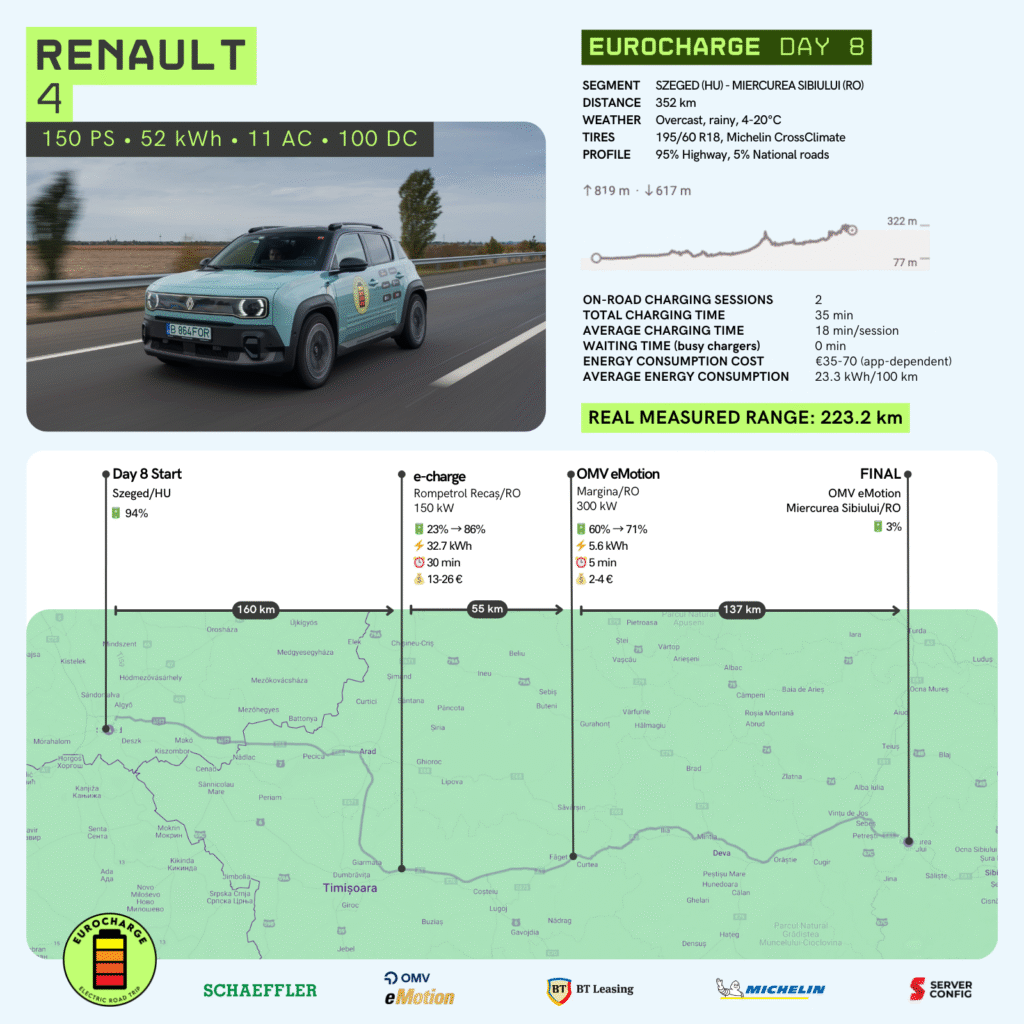
Laura Antonov (LaChicBoutique) on the Volkswagen ID.4
Not even the clear-sky color of the ID.4 could erase the sad feeling of the end of the EUROCHARGE 2025 adventure. I drove the ID.4 on the longest segment of the tour, Commezzadura – Szeget, so my impressions are more about the behavior on the highway (with a lot of stretches under construction), where I felt the support, through the assistance systems and the dynamics of the car.
It was a long day, in which we may not have needed all the stops for charging, but also the most conclusive test that, on the long haul, I more often need “fuel” – a single origin coffee (at VIVA), a snack, a dessert – than the ID.4 to charge.
If you analyze each figure like an accountant and weigh price, performance, interior space and other little details that matter when buying a car, you’ll get a plus. It may not be the car that impressed me the most design-wise out of the tour, but at the same time, on a rational analysis, it somehow manages to sneak onto the shortlist of options for a future electric. The design part was clearly offset by the new Costa Azur Metallic color, especially since I have a plethora of matching outfits in my wardrobe.
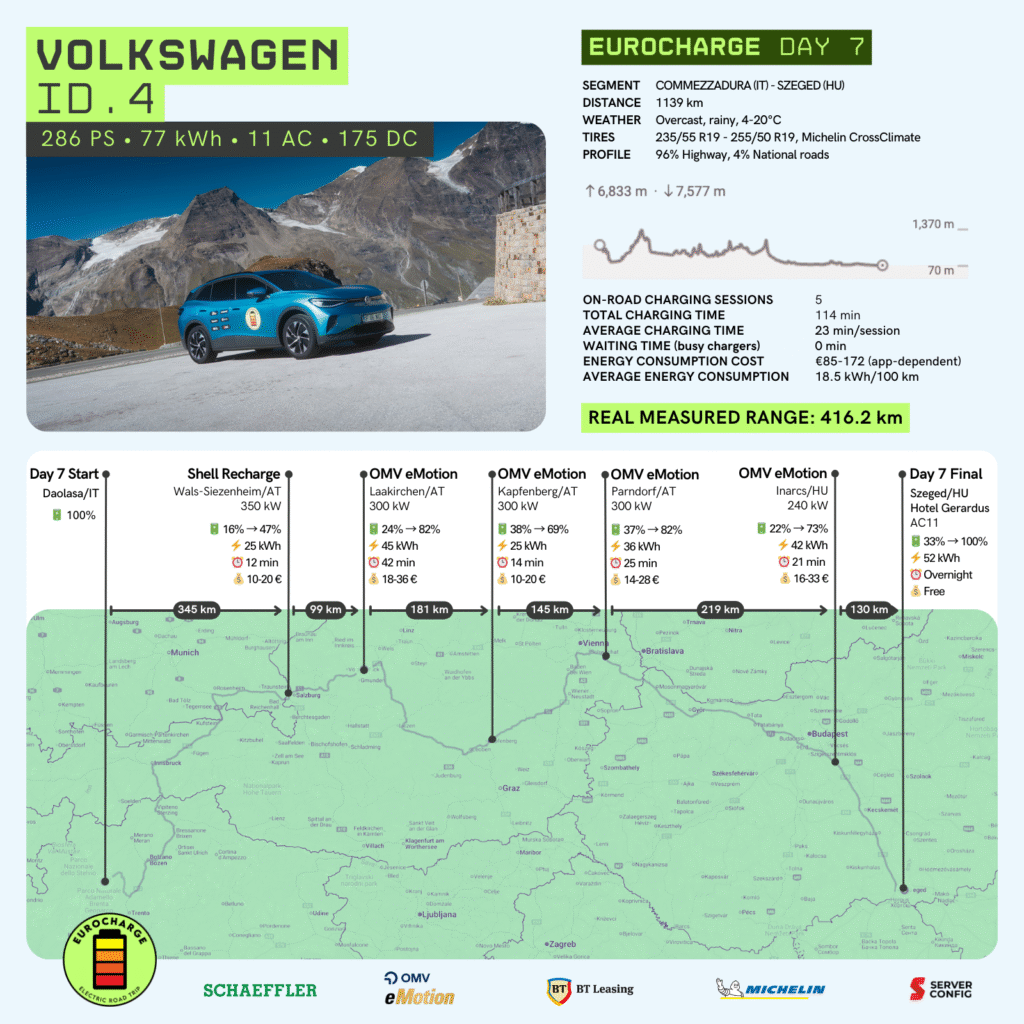
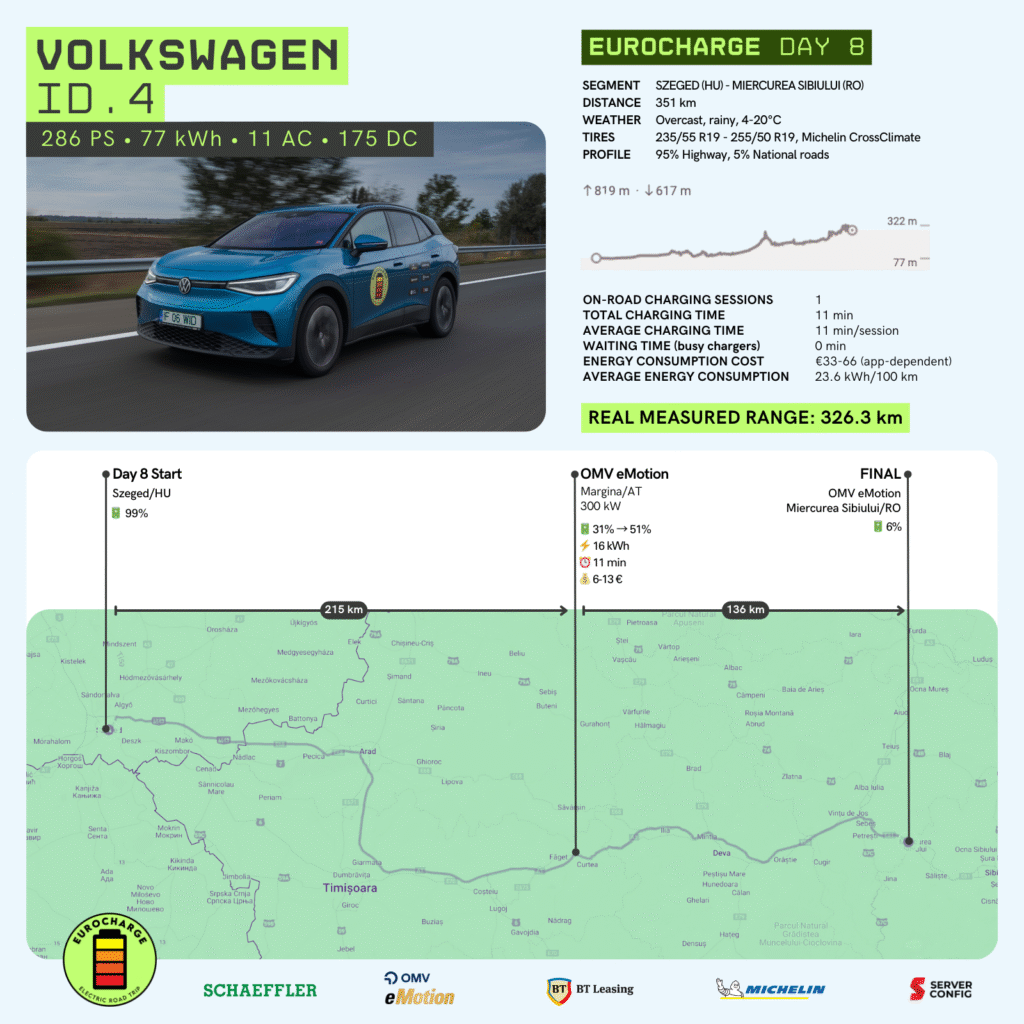
Dan Scarlat (Top Gear Romania) on Volvo EX90
The EX90 is the most expensive, safe, powerful, roomy and heavy Volvo ever. What’s more, excluding the long-wheelbase version of the S90, available only in China, the EX90 is also the longest Volvo ever. So this is an absolute champion of ‘Scandinavian excess’ (a completely unusual term anyway), but at the same time it aims to be as environmentally friendly an option as possible.
Stylistically, the EX90 doesn’t bring a major leap forward, but fits naturally into an evolution of Volvo’s current language, launched with the XC90 more than 10 years ago. In fact, it looks like the XC90 and EX30 have made a child suffering from gigantism. And one that’s turned out special, in the most positive sense, thanks to the blinking ‘little eyes’ (for those who don’t know, the EX90 uses a retractable headlight system, in which the main LED units are covered with movable covers that integrate DRLs and automatically pop up when night lights are activated).
However, design in an already conservative line does not mean a complete absence of revolution. In these times of rapidly changing norms, Volvo is not standing still, and progress often chooses paths that can be a headache… for conservatives. The EX90 incorporates many changes to traditional Volvo ergonomics: door handles are retractable for the first time (for aerodynamic reasons), and adjustments to exterior mirrors, steering wheel, climate control and so on are made from the tablet menu and buttons on the steering wheel. These changes may seem unusual to traditional Volvo customers, but will probably be extended to the entire range in the future. In this respect, the EX90 represents a leap comparable to the XC90 a decade ago.
I drove this model on the longest day of the tour, almost 1,200 km, mostly on the highway. Although it’s the biggest Volvo ever built, fuel economy was very good: about 23 kWh/100 km, helped, it’s true, by the many straight and favorable stretches on the route. But the comfort was regal, thanks to the large seats with massage function, generous space and excellent soundproofing.
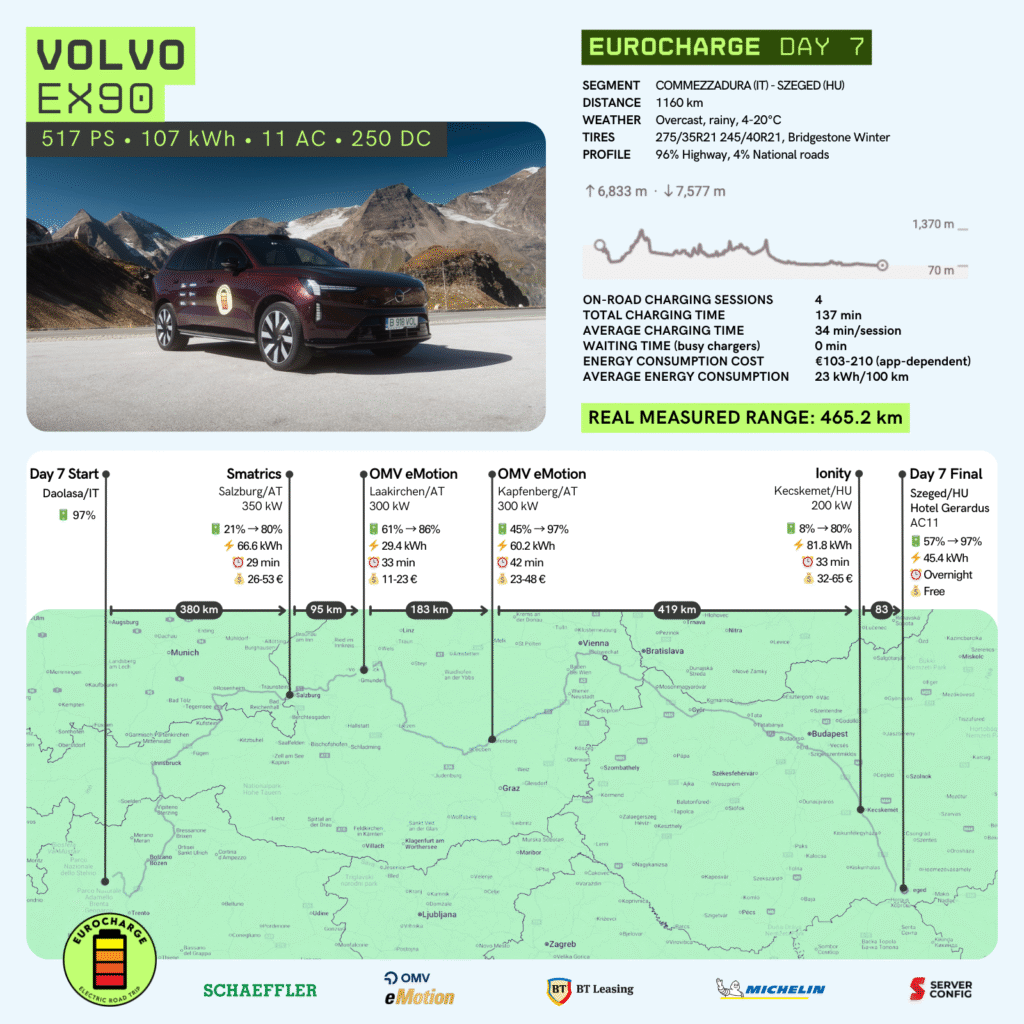
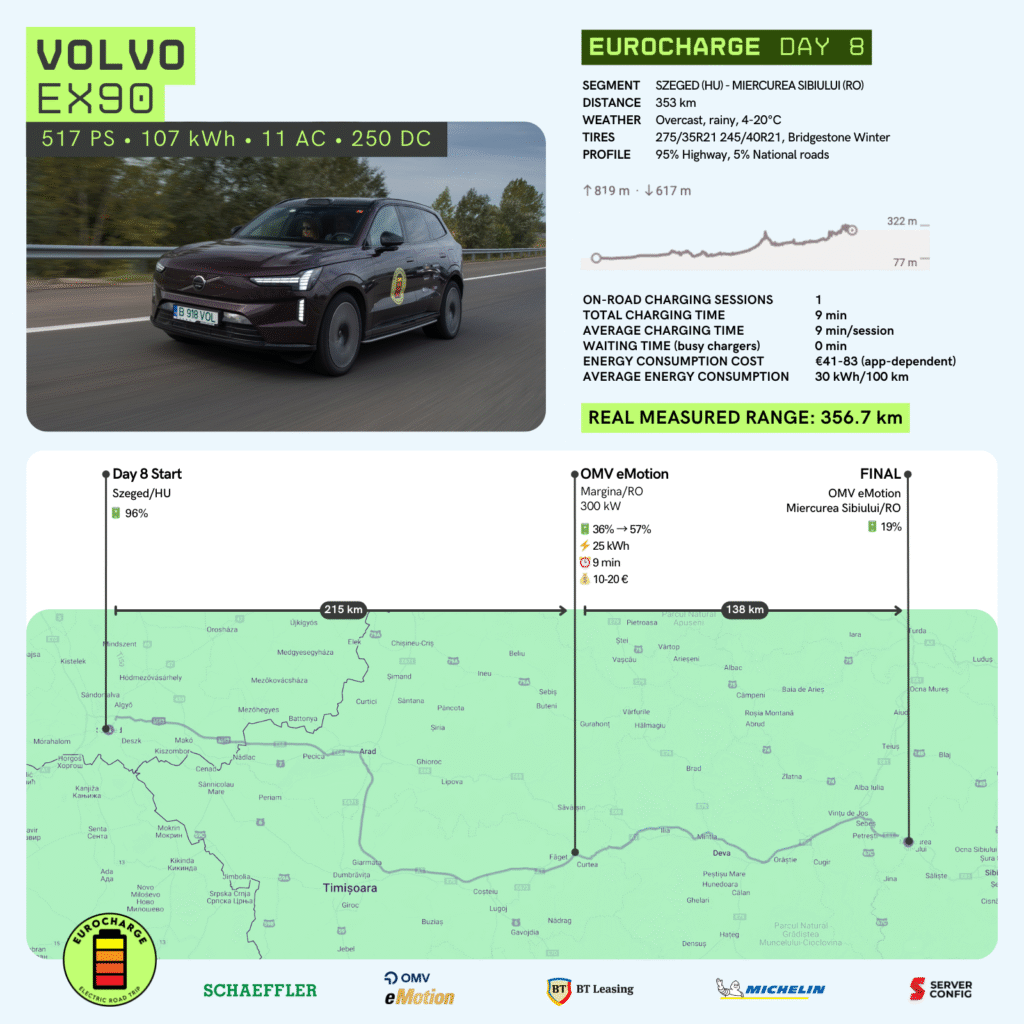
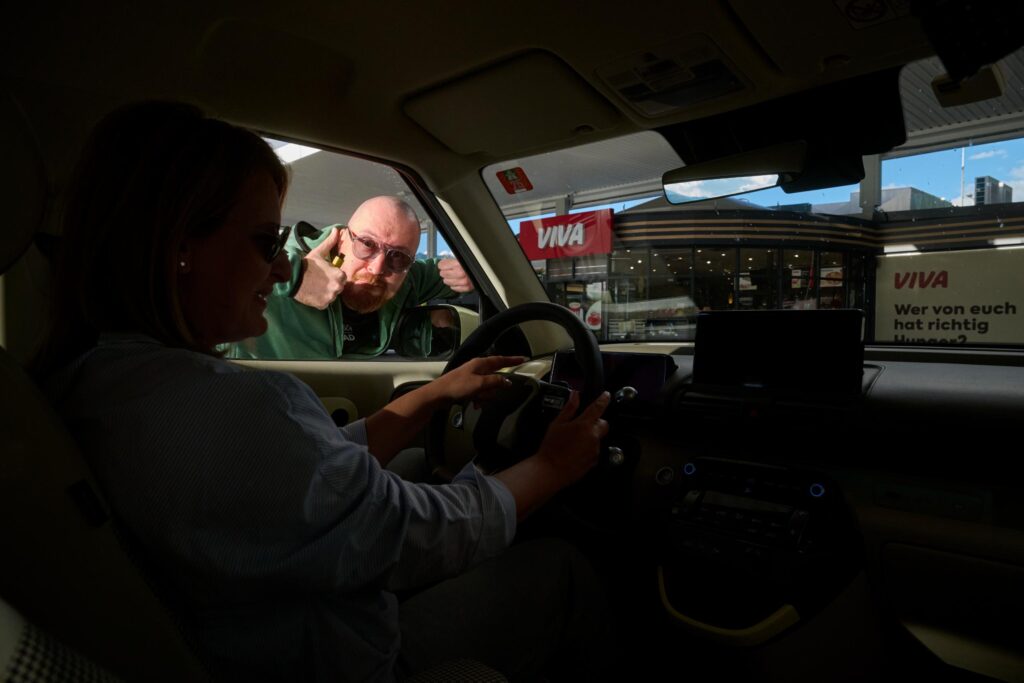

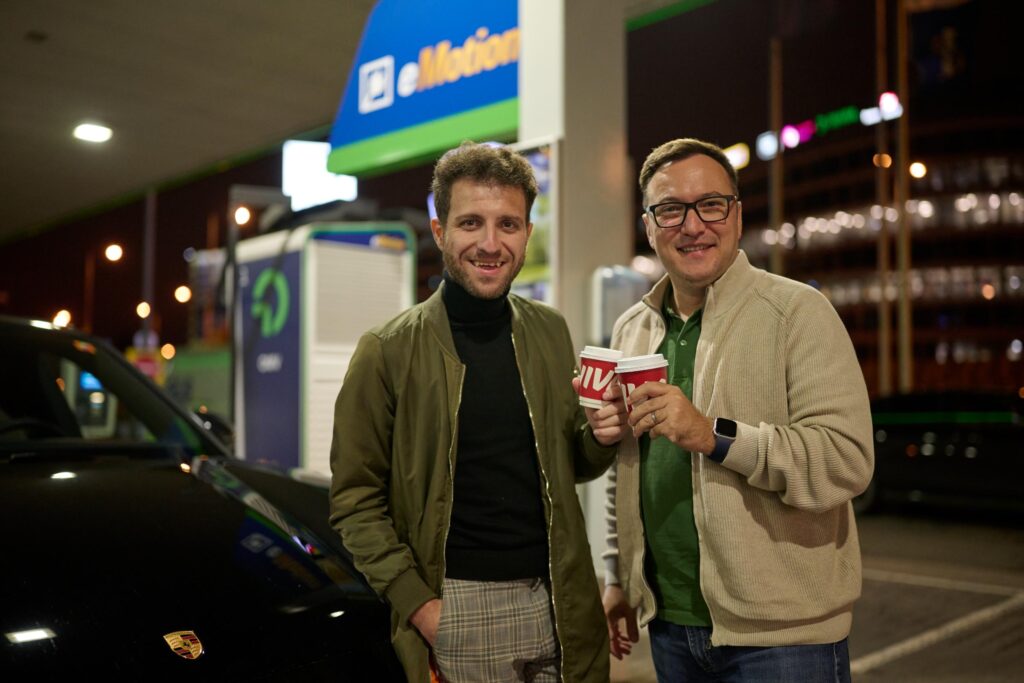


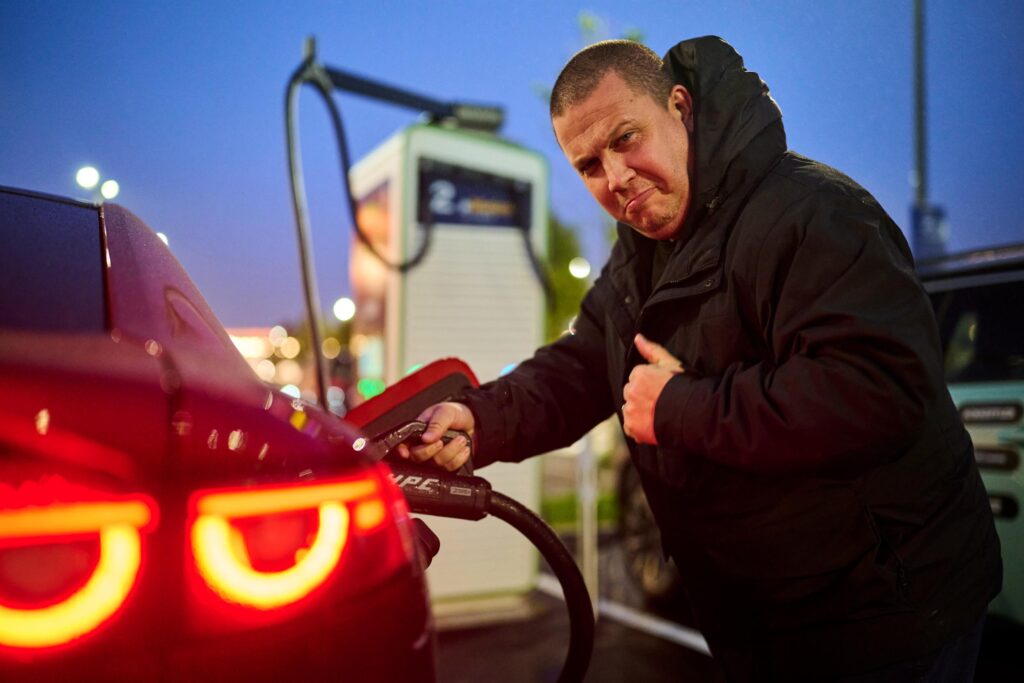

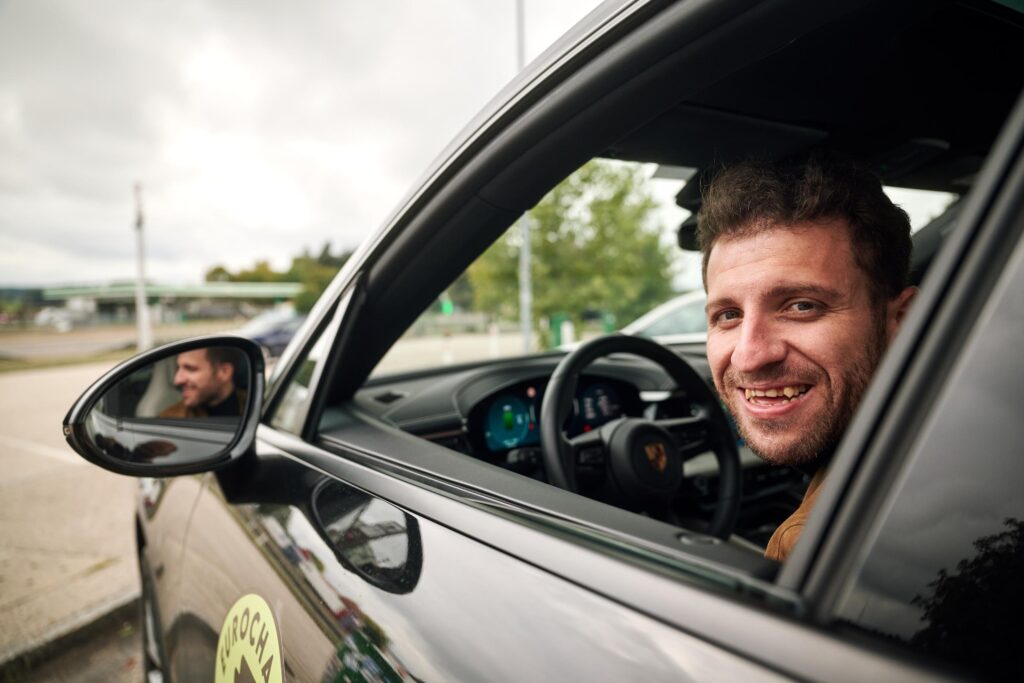
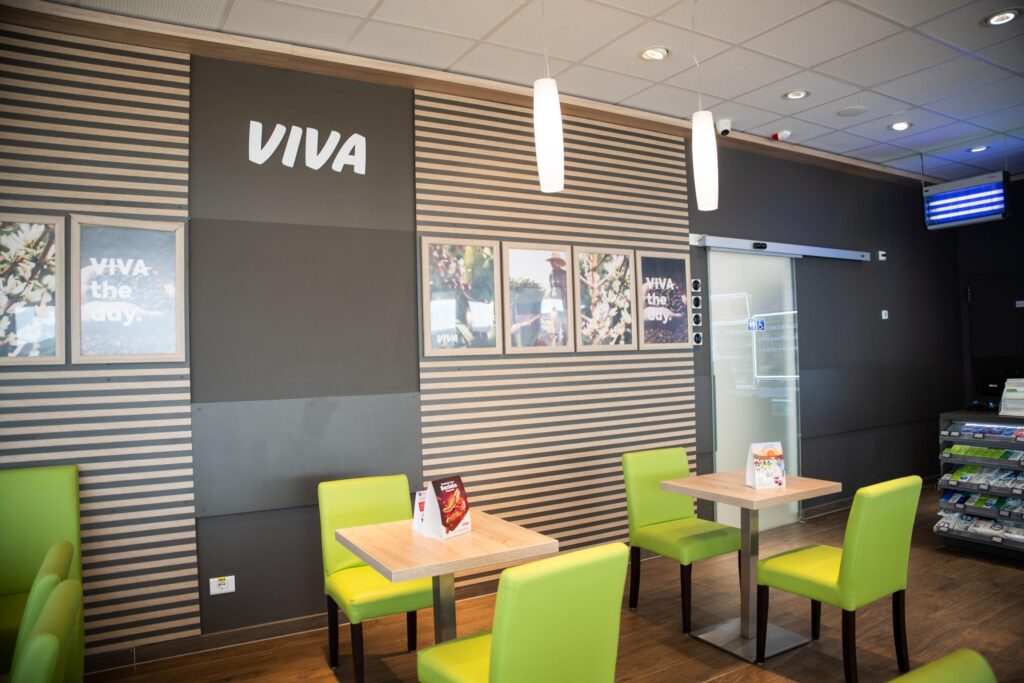
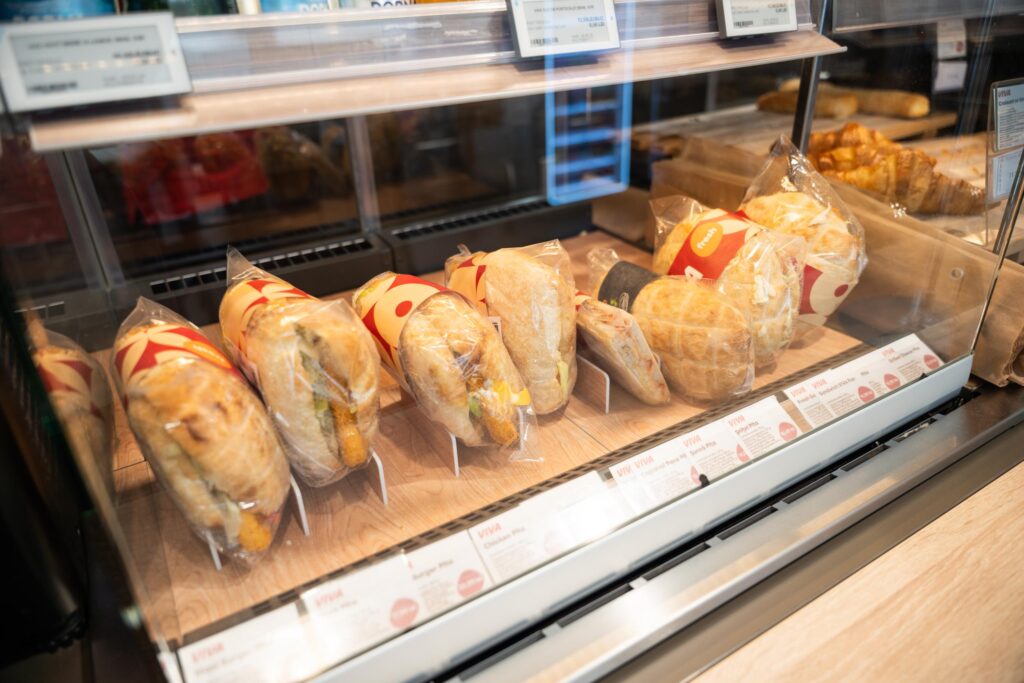
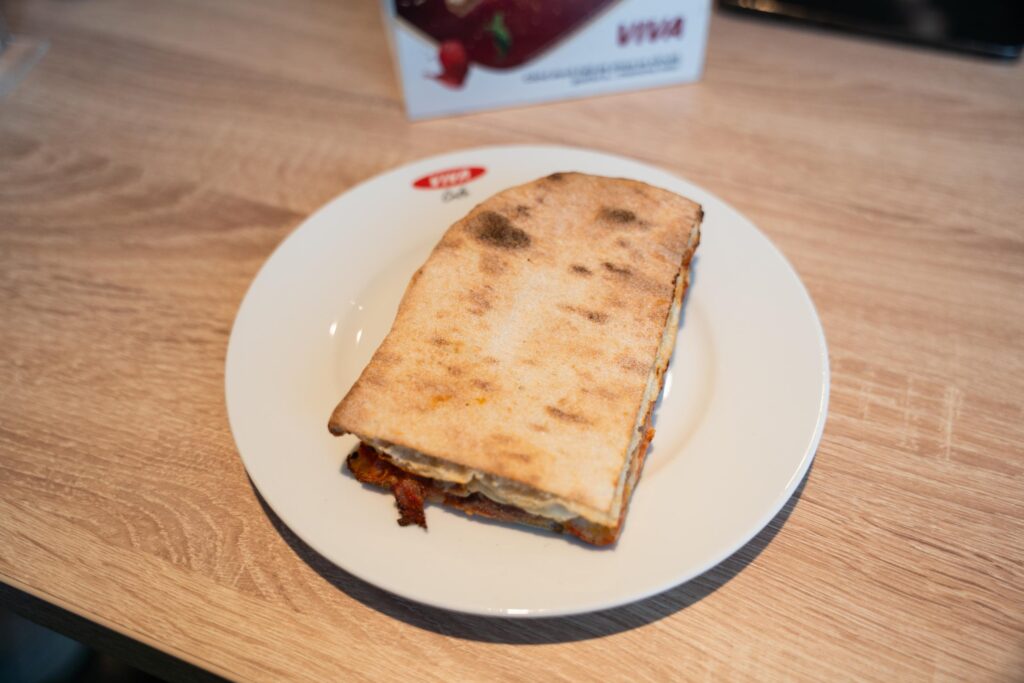
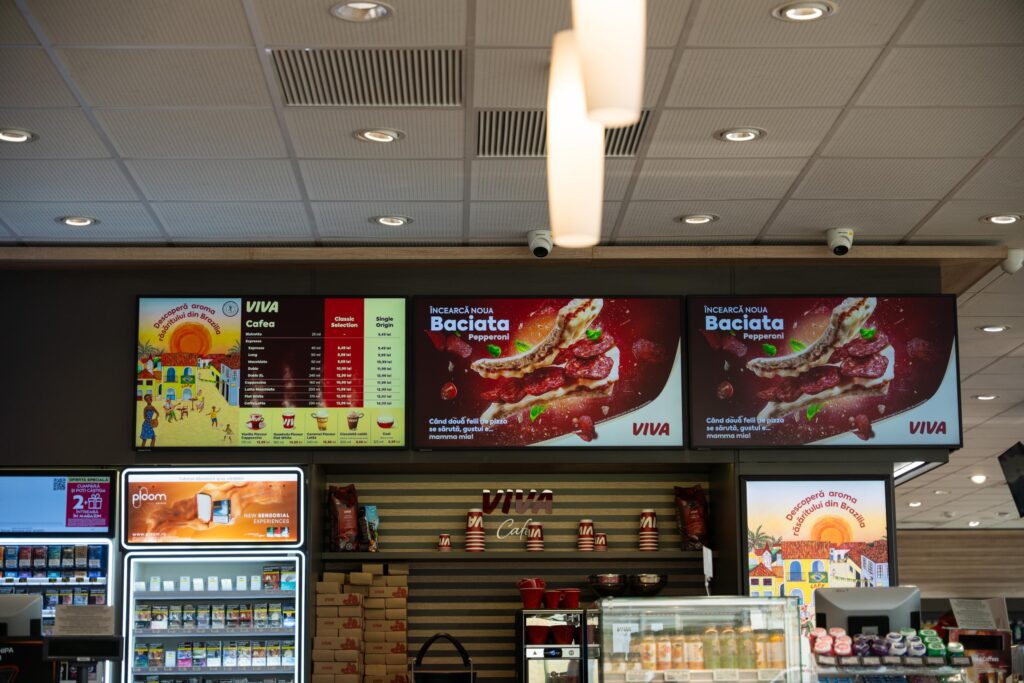
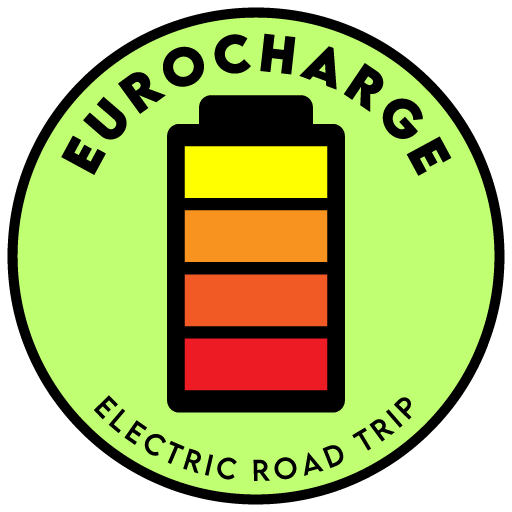
este un proiect susținut de SCHAEFFLER
Încărcat de
OMV eMotion
Green Partner
BT Leasing
Pus pe șosea de
Michelin
Tehnologizat de
Server Config

